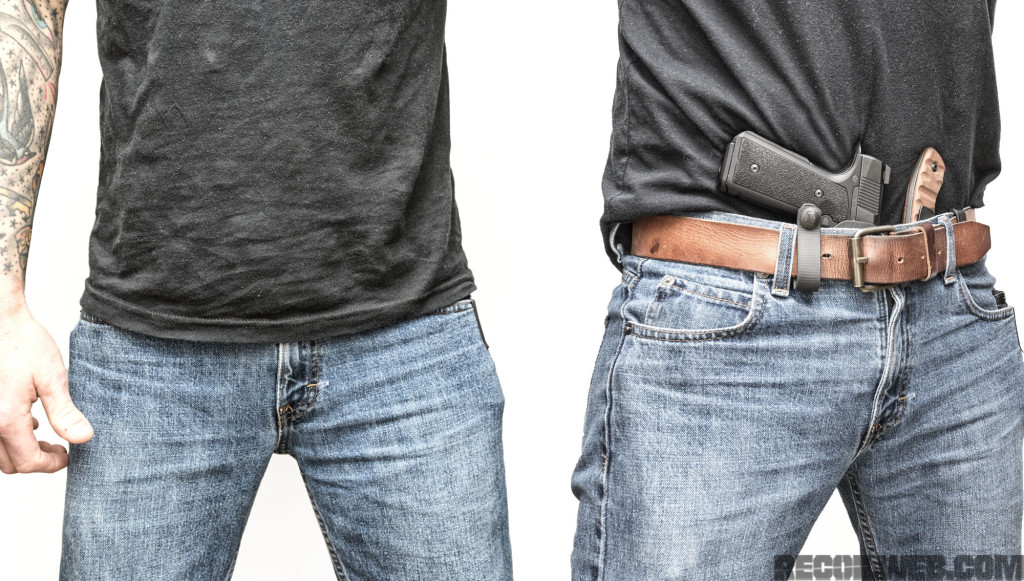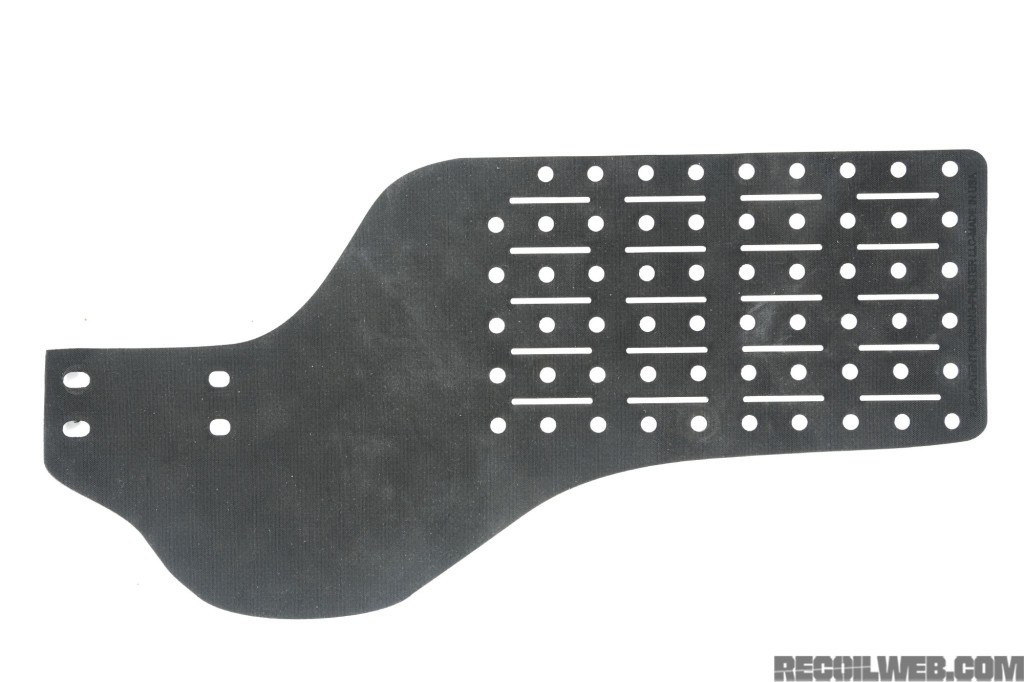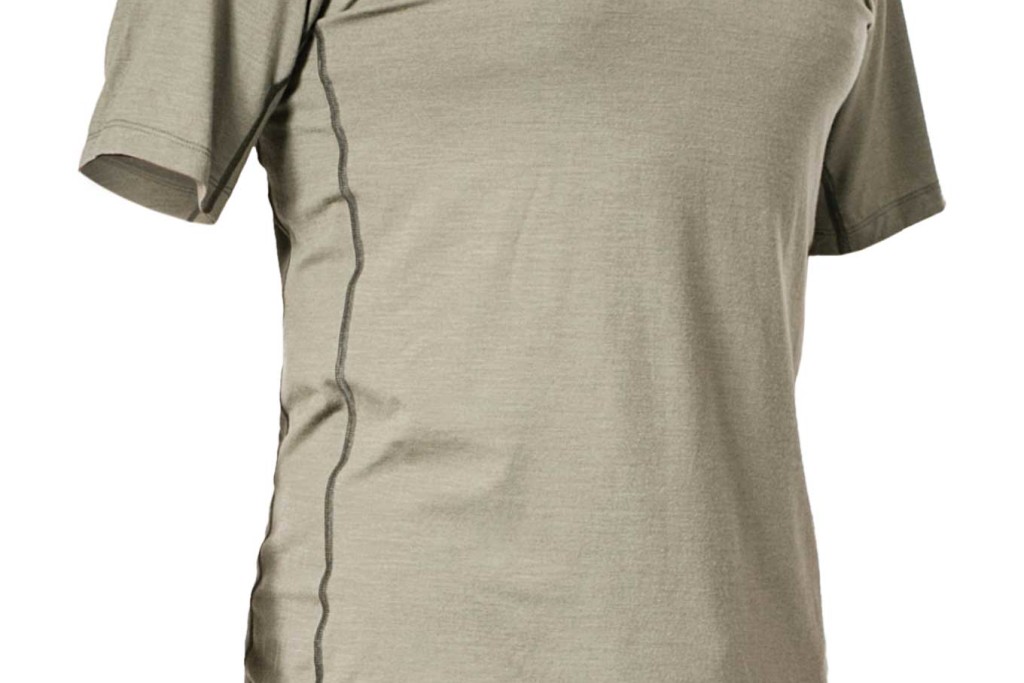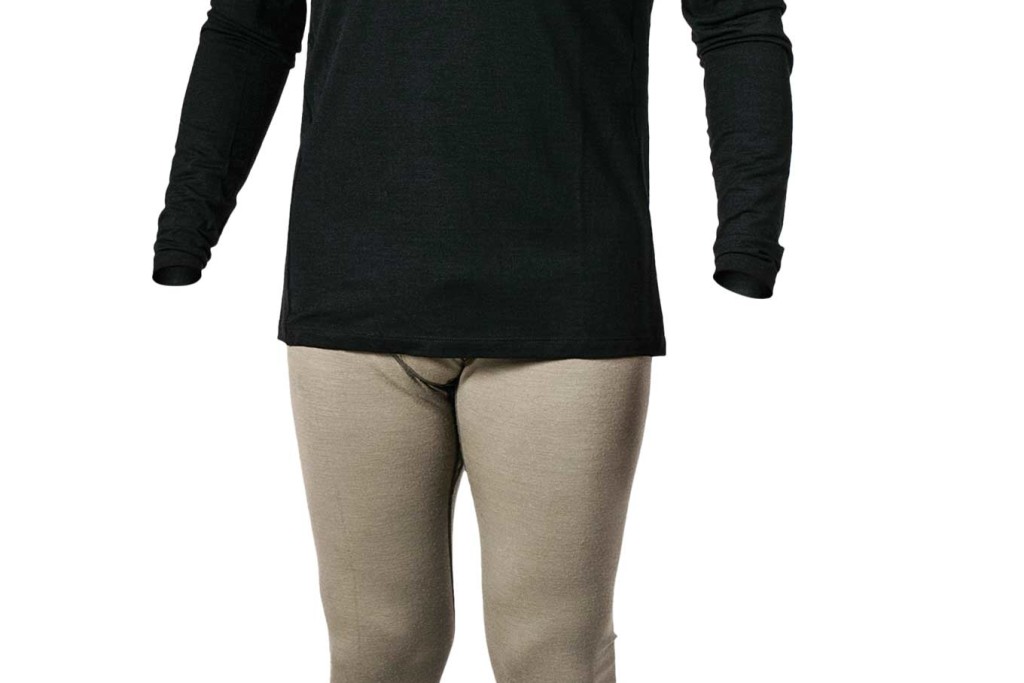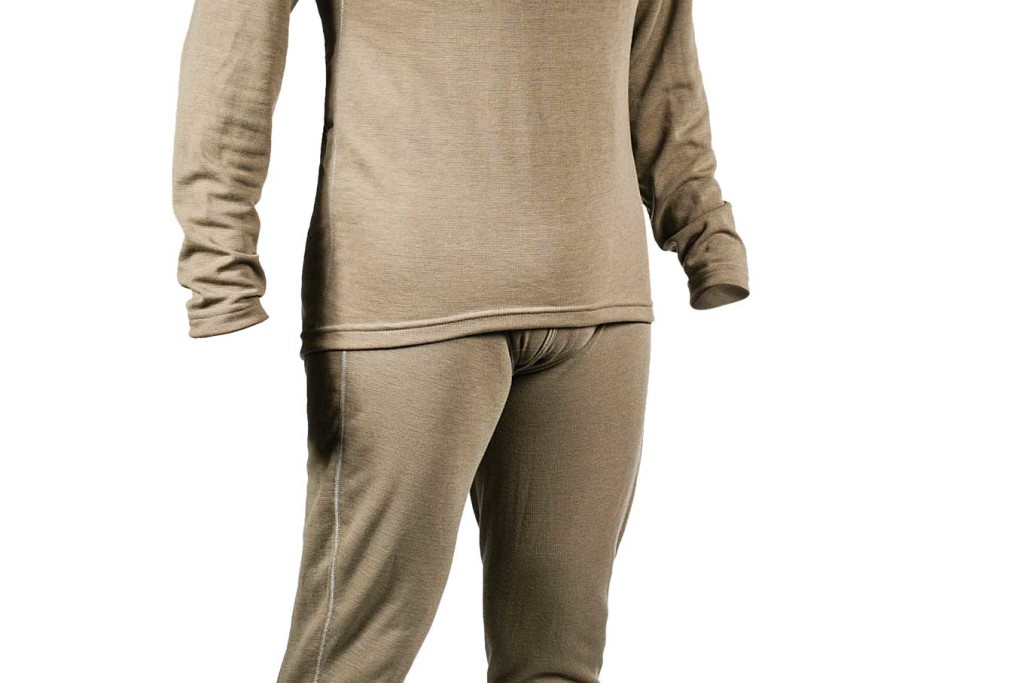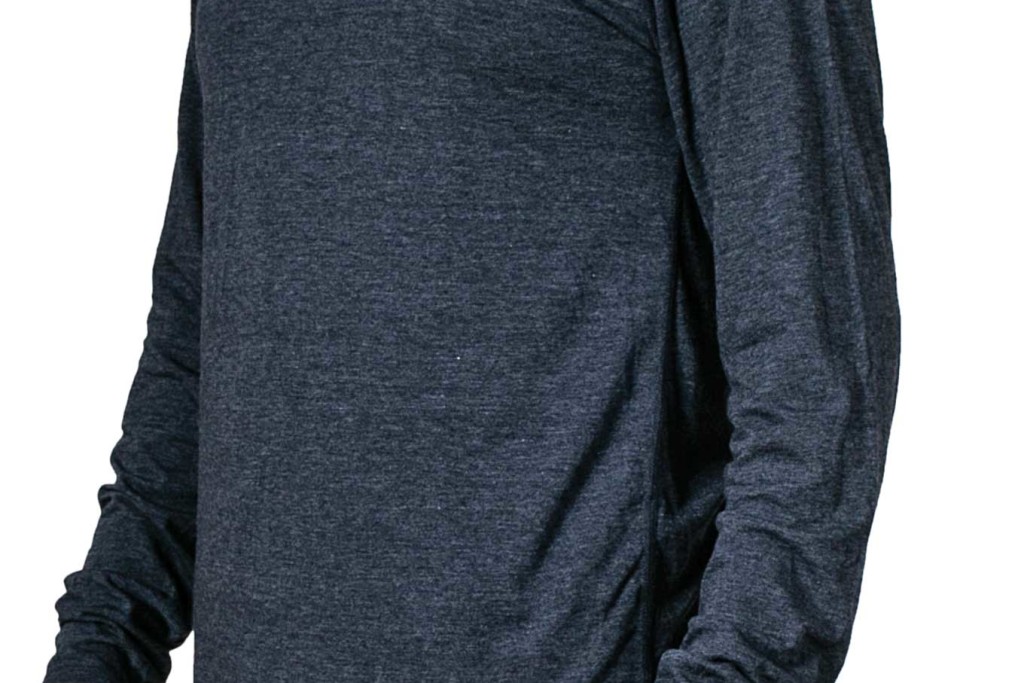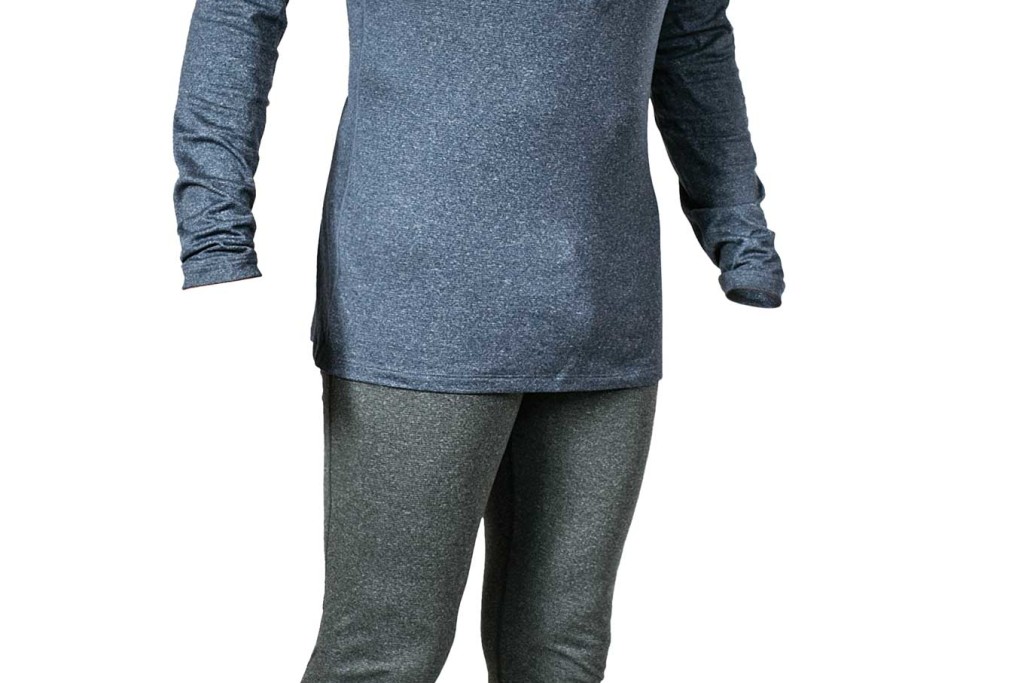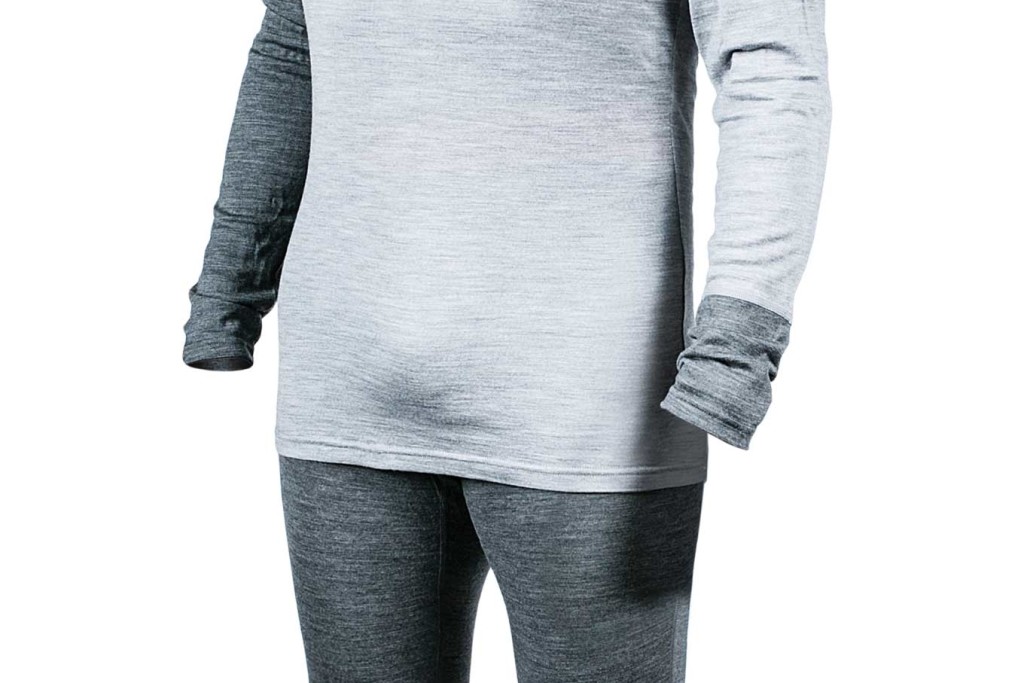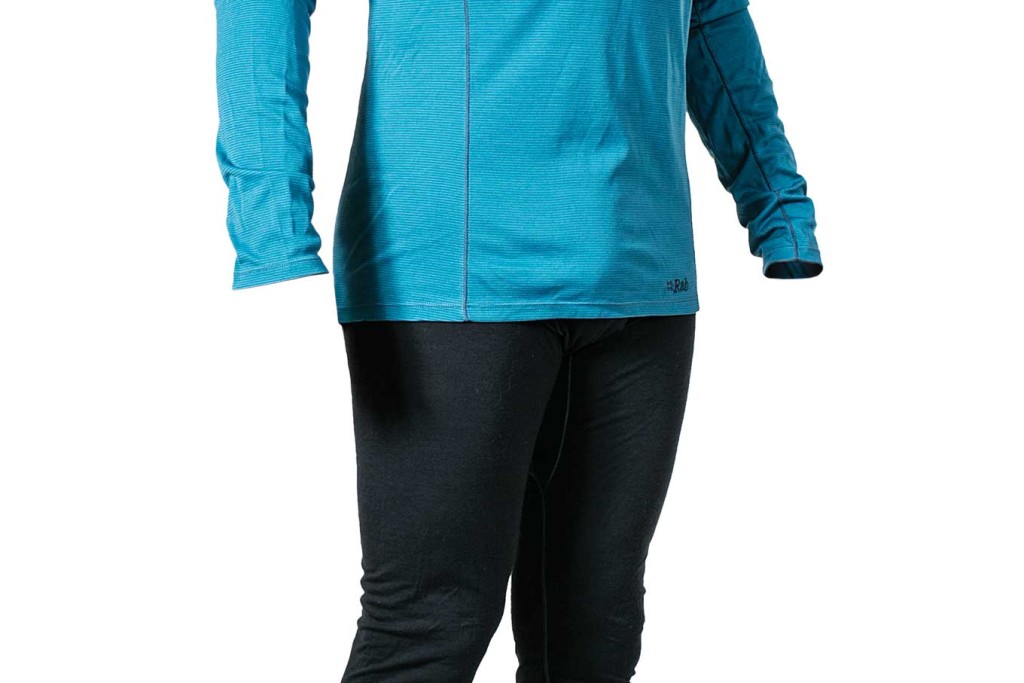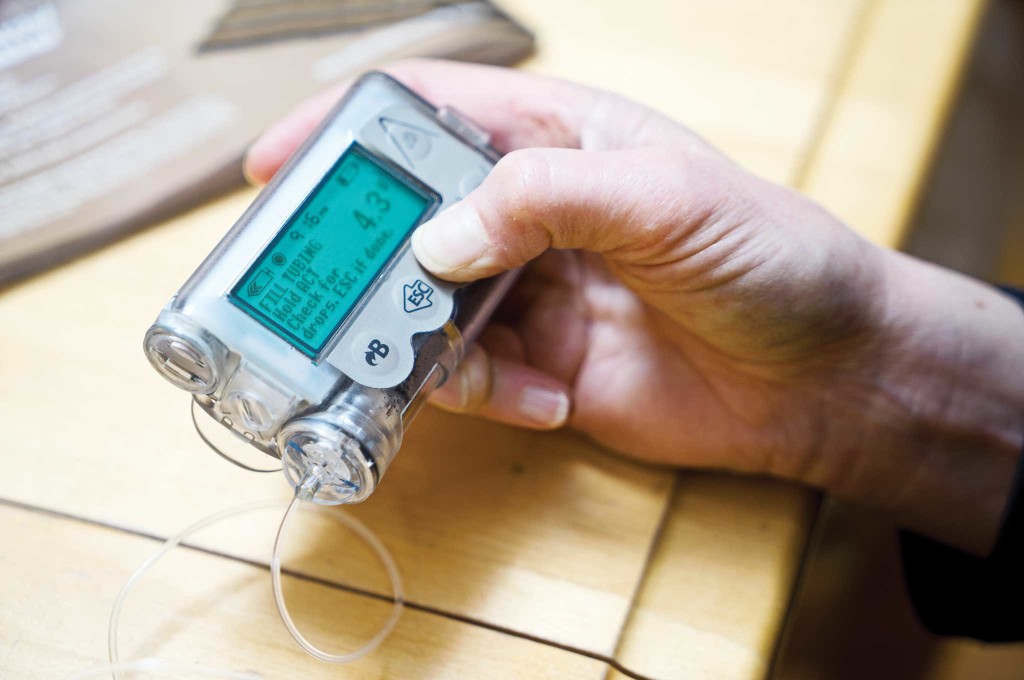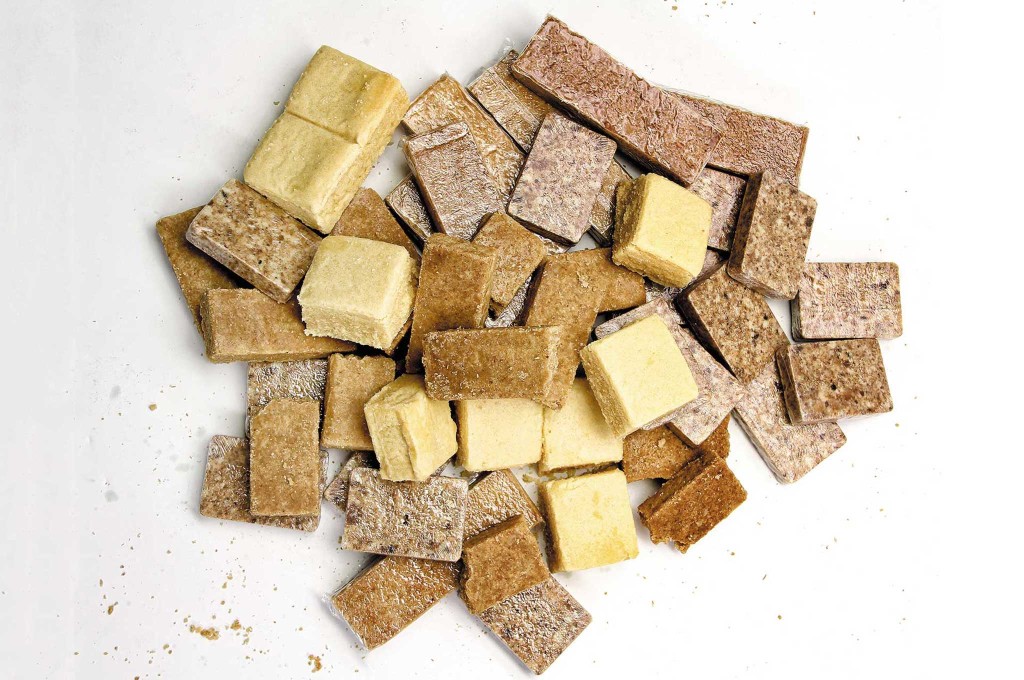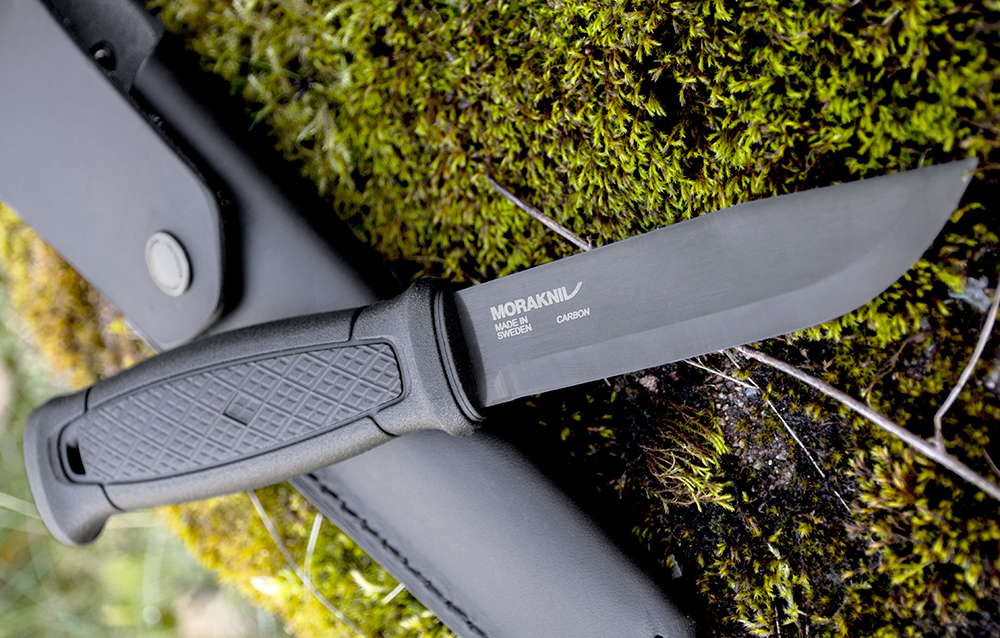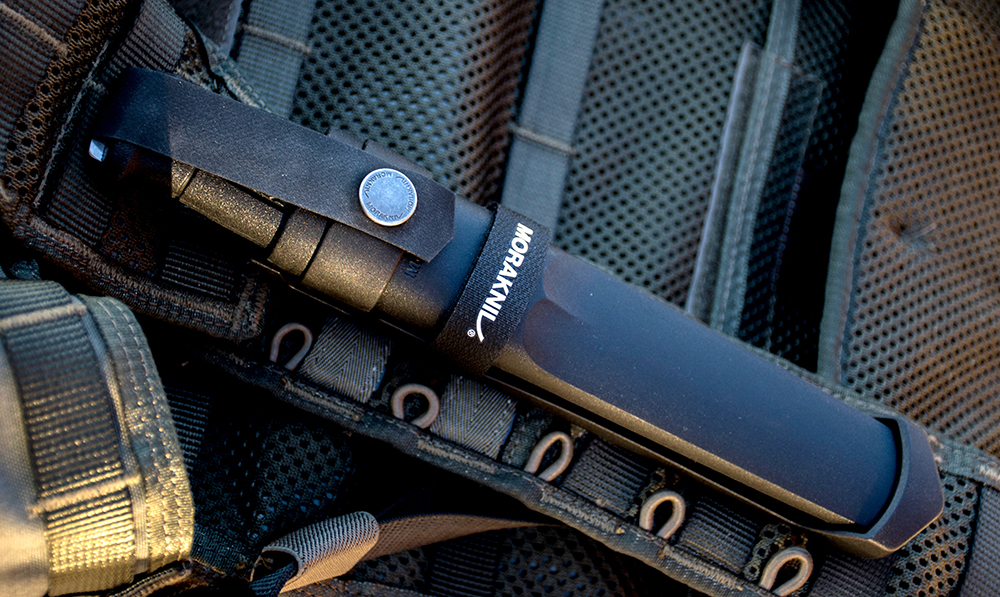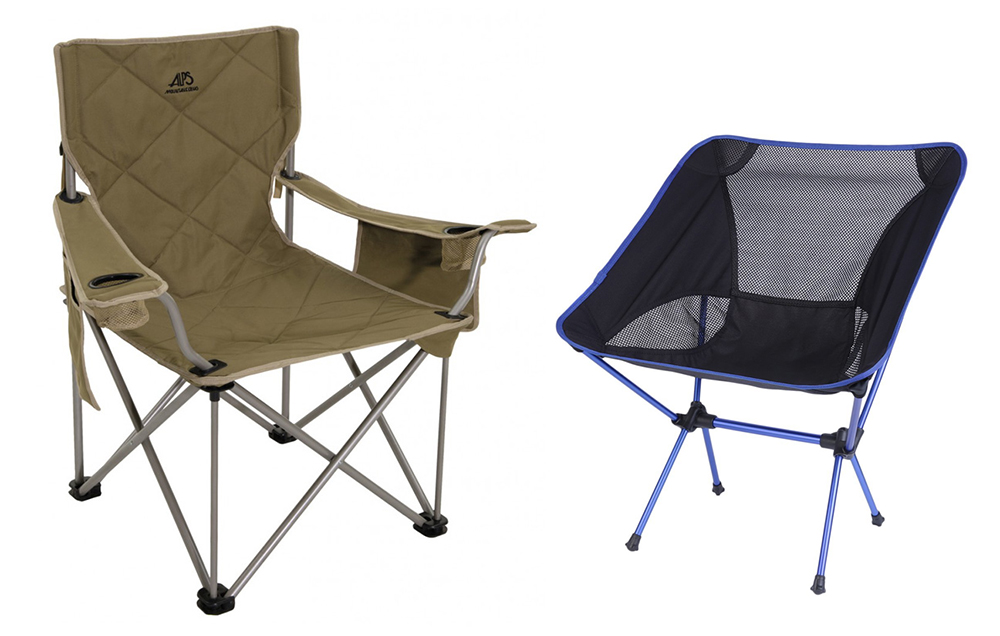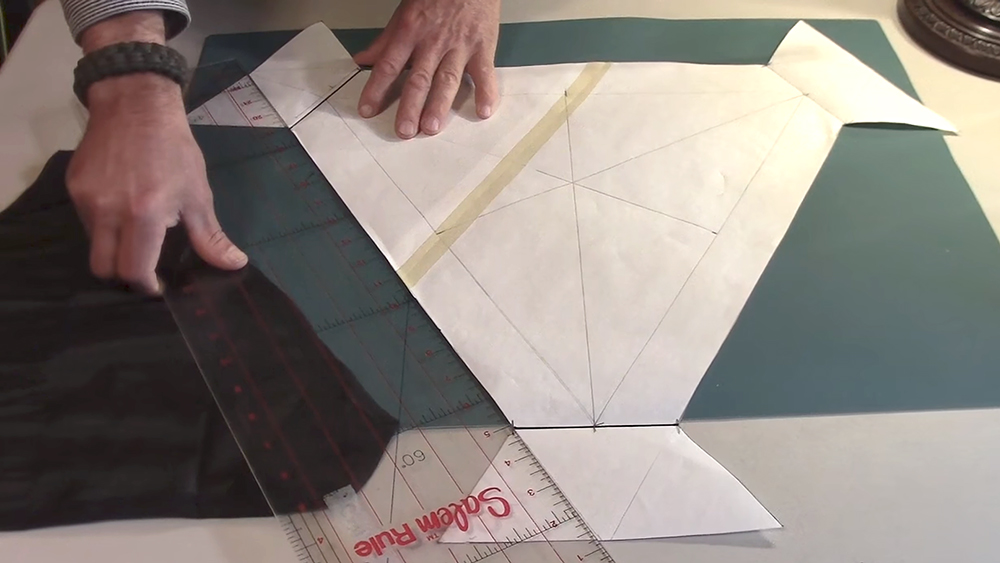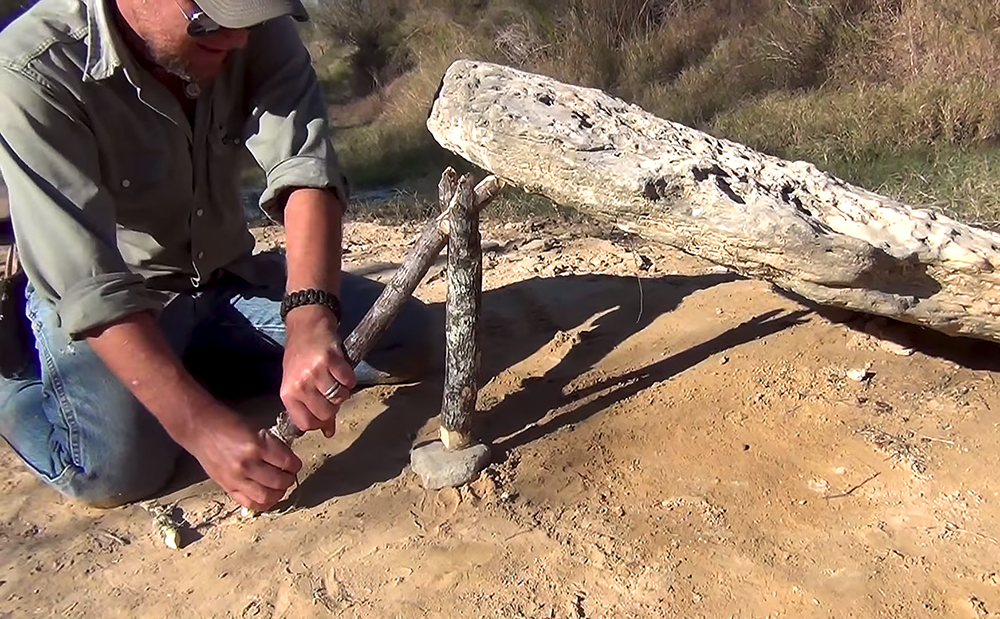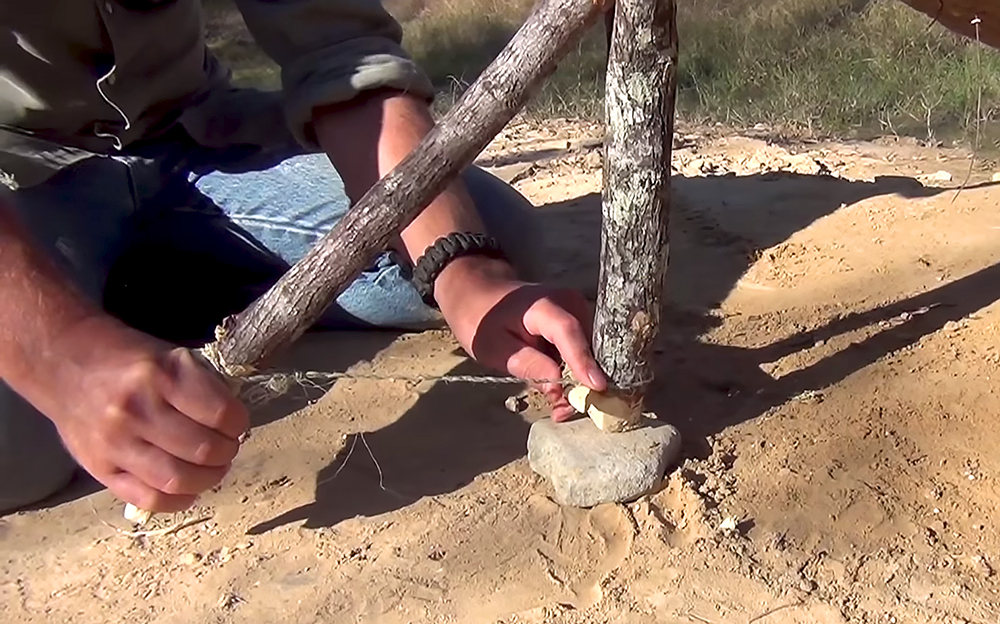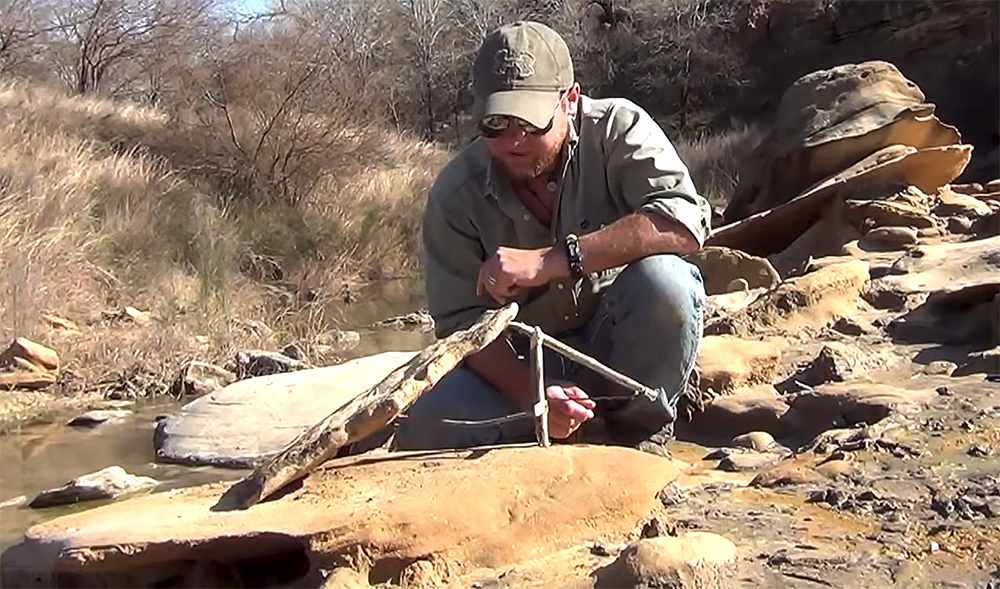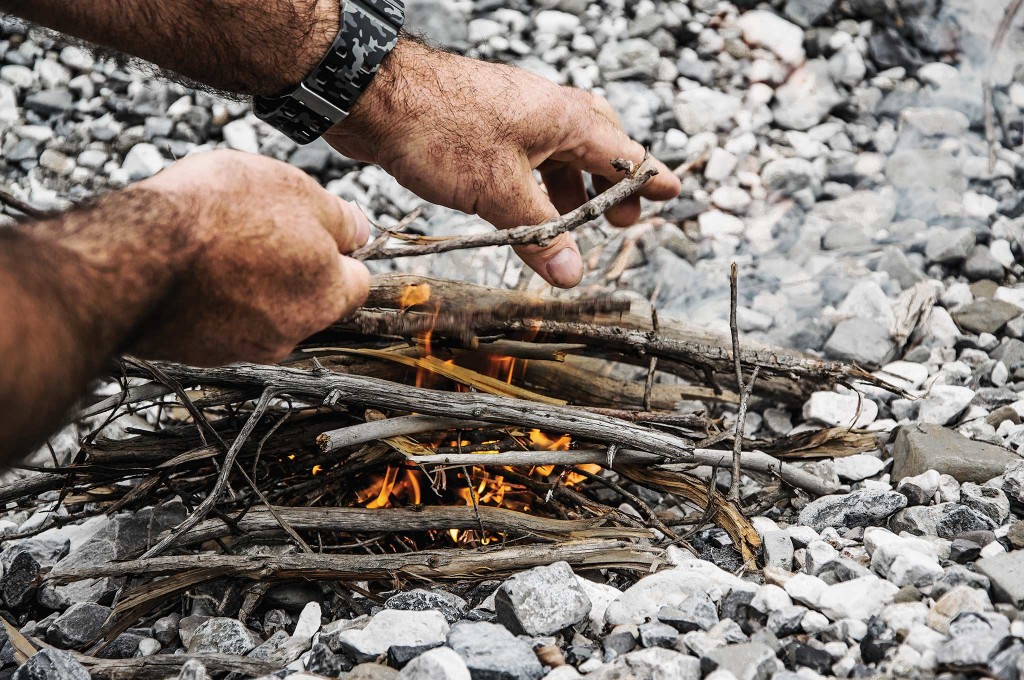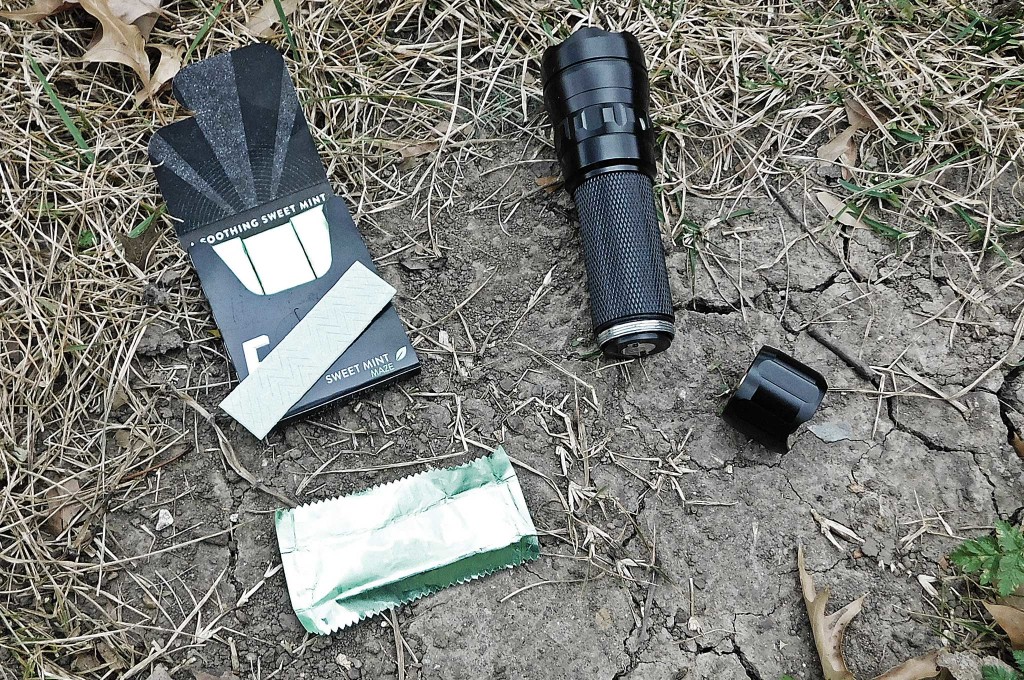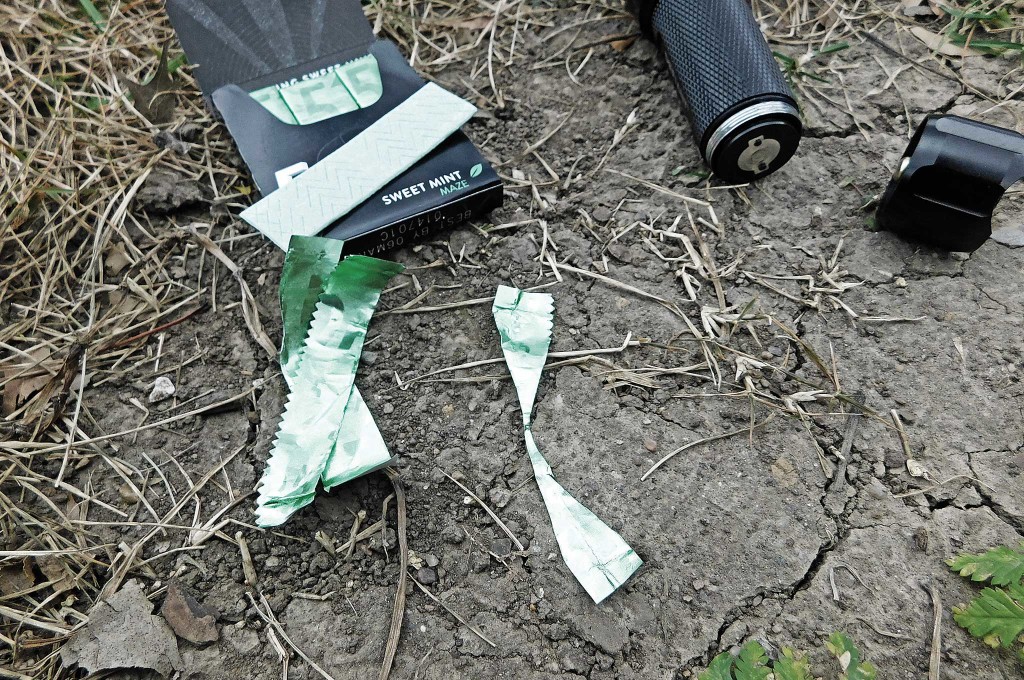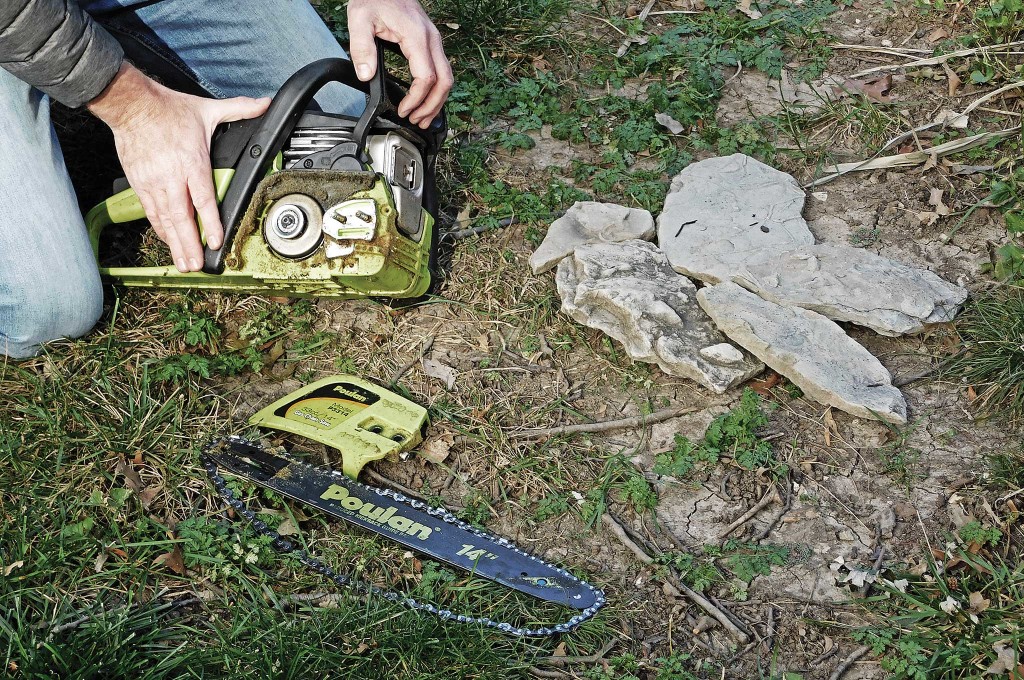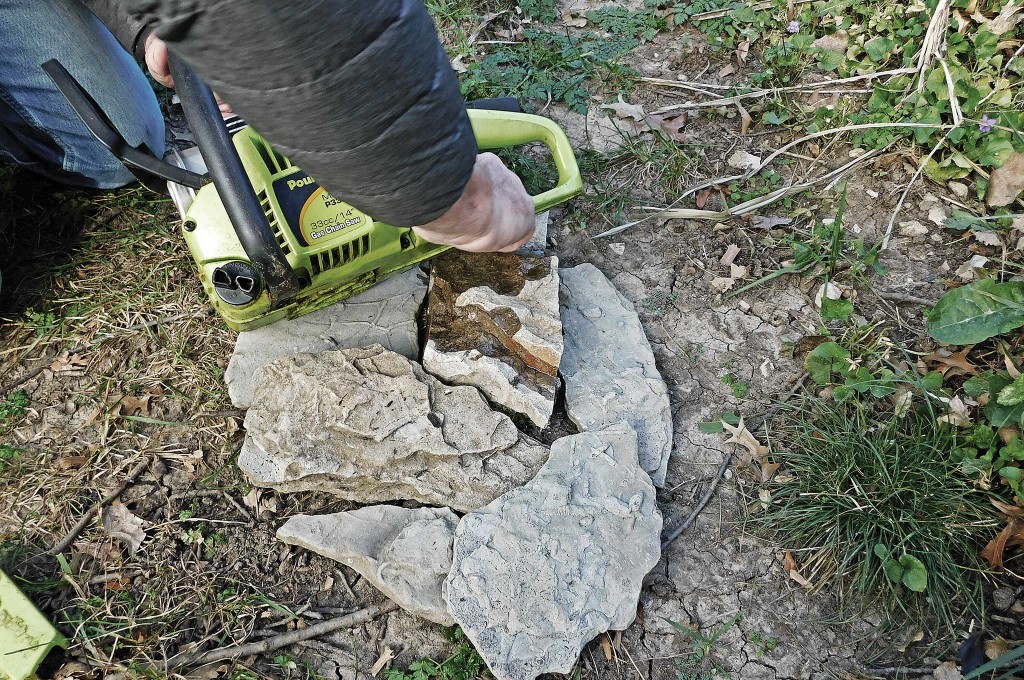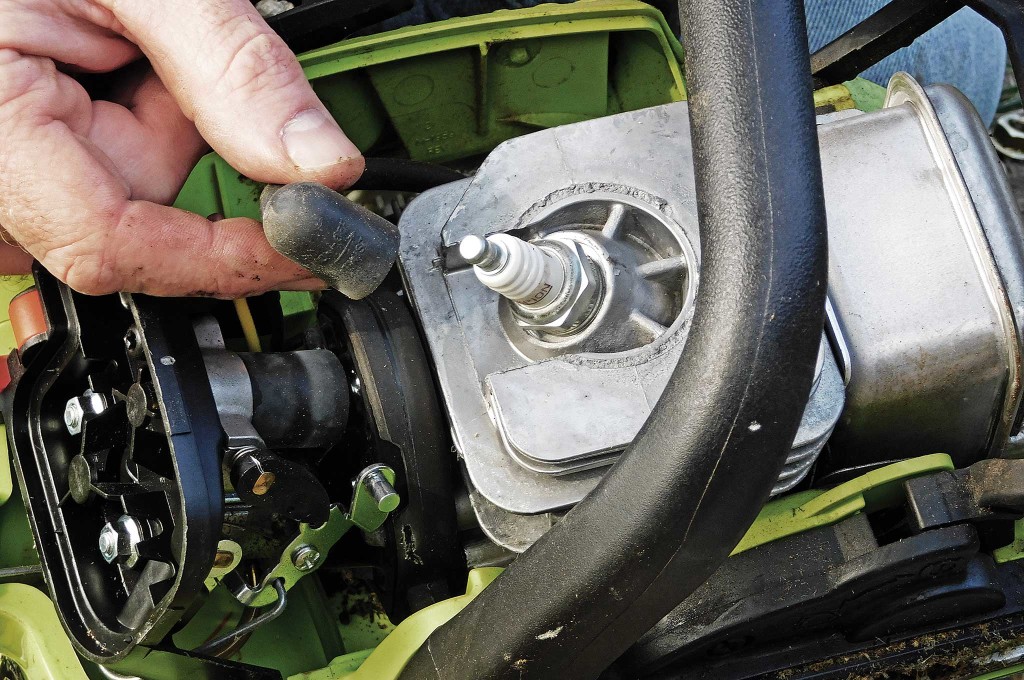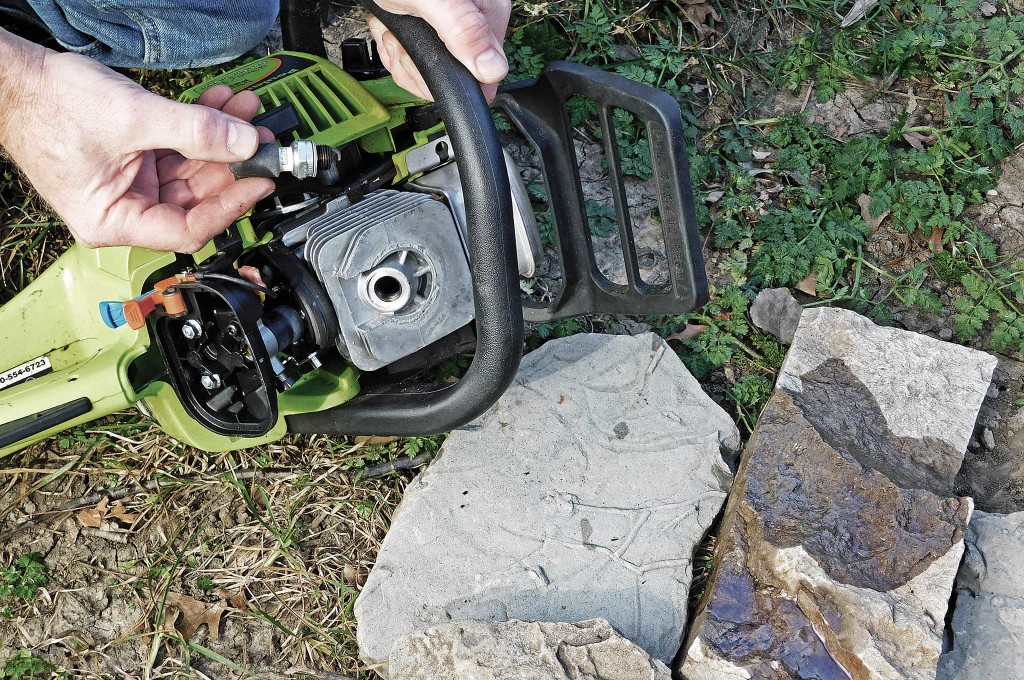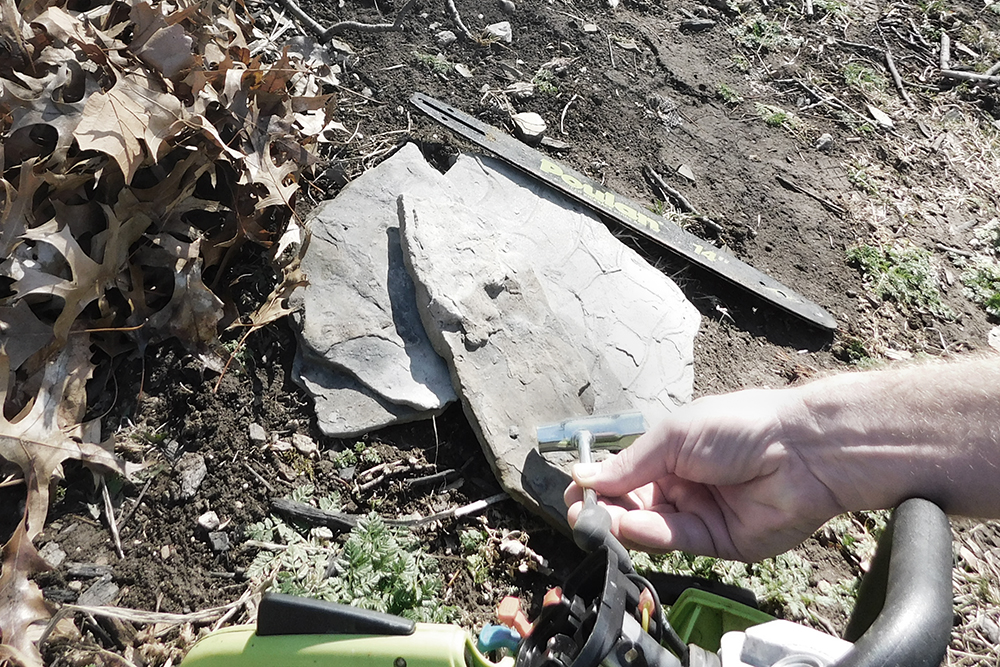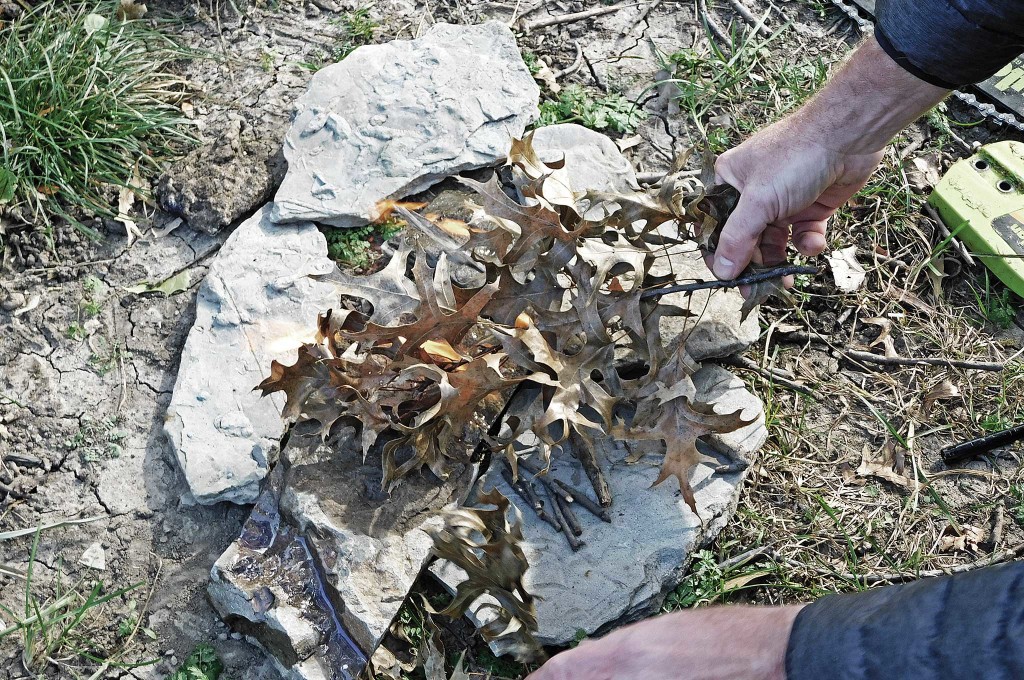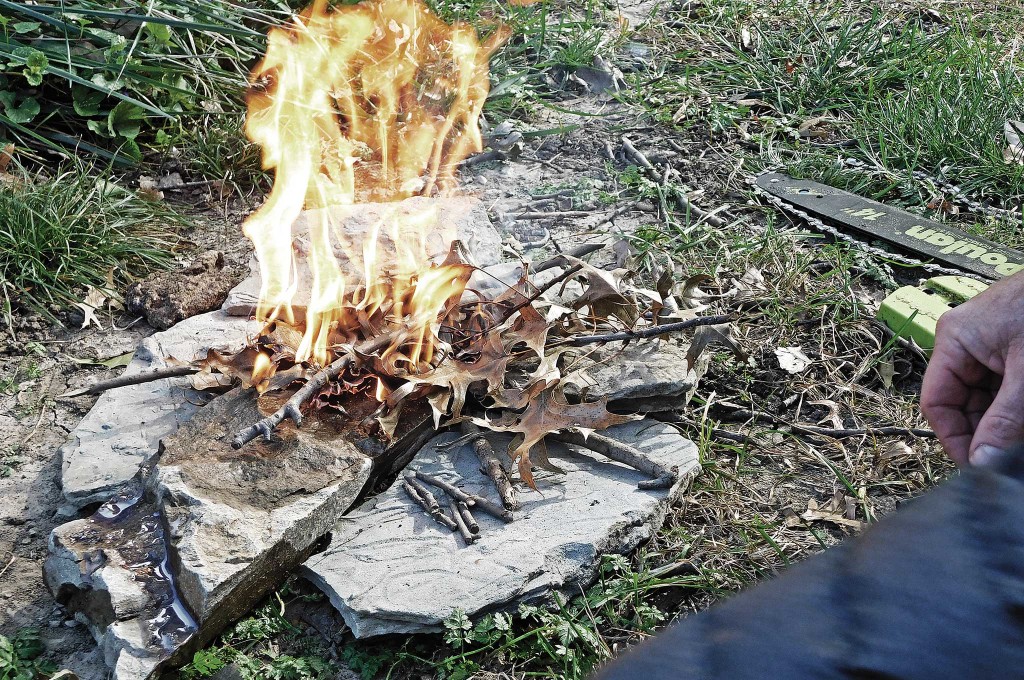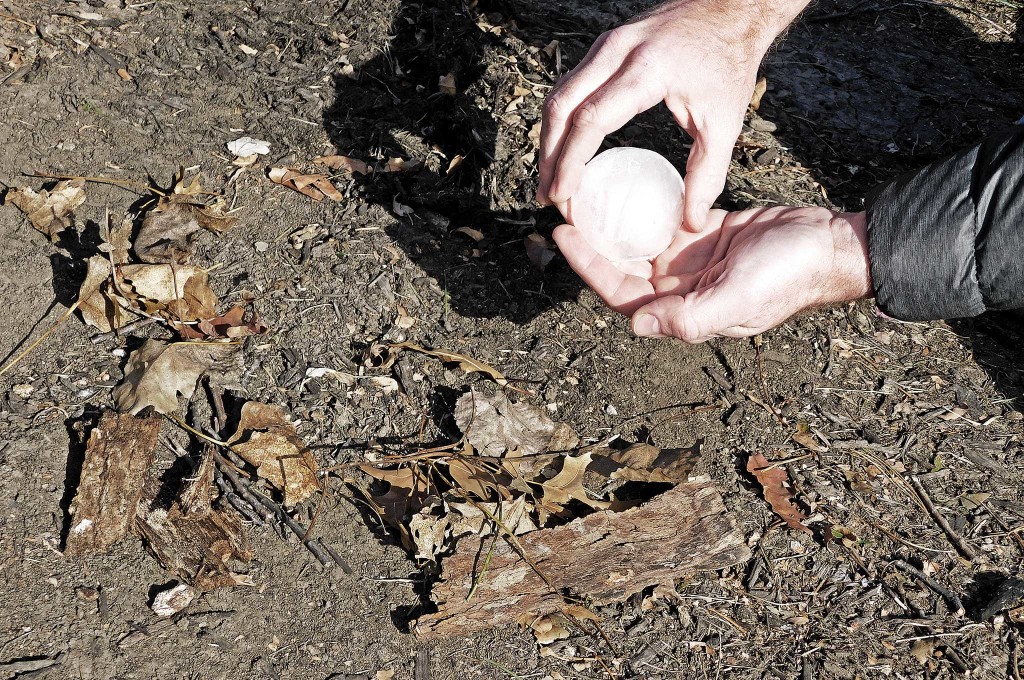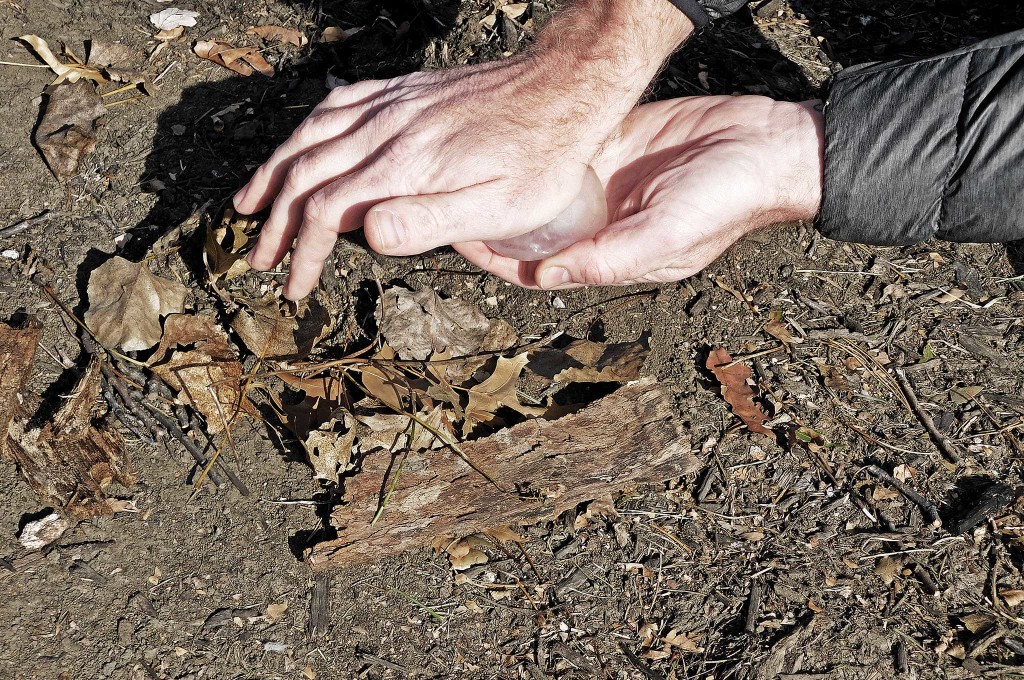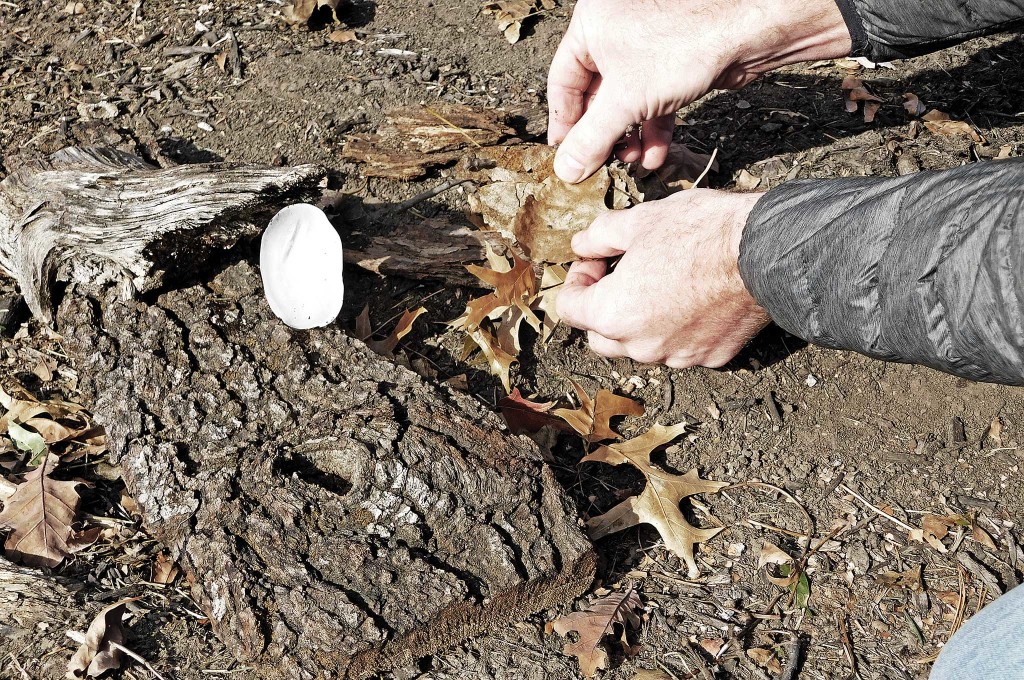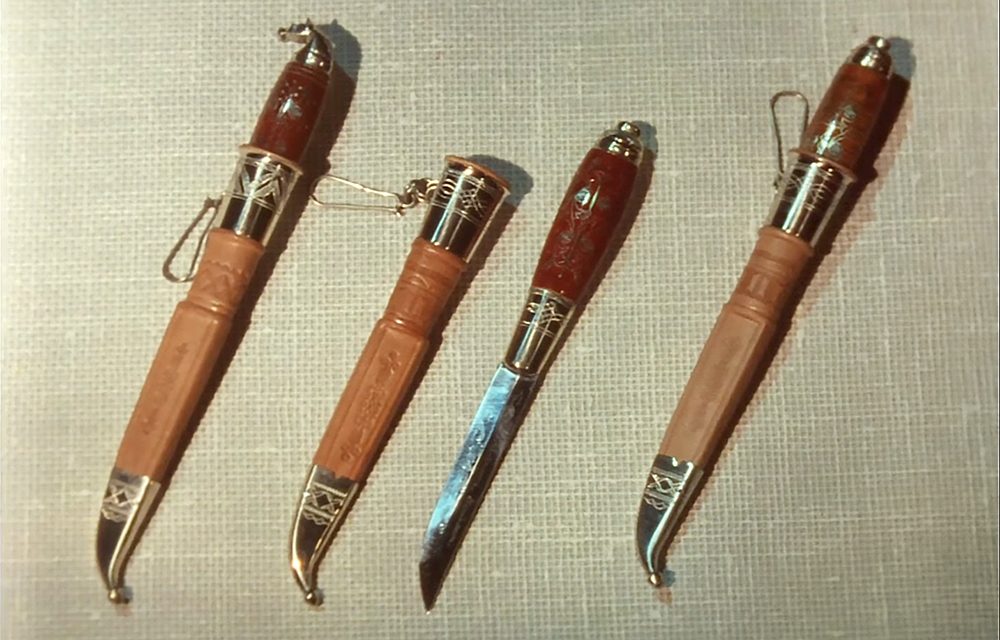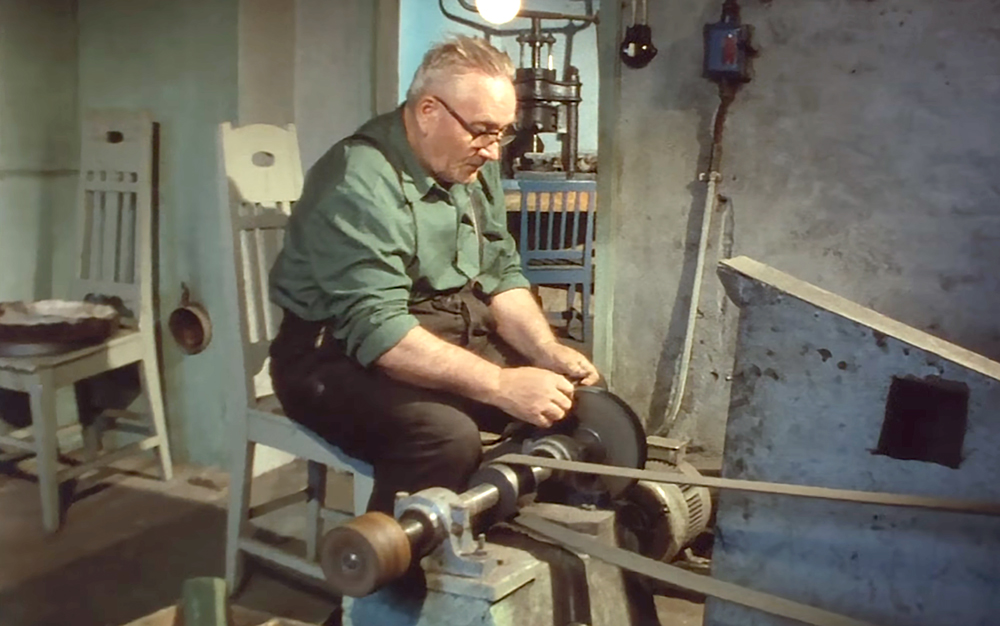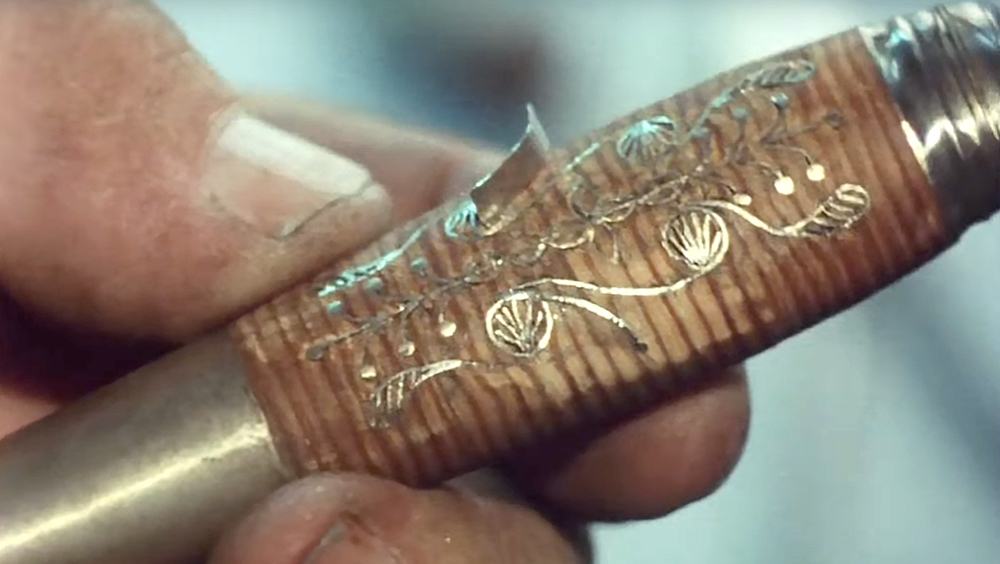How much gear can you carry, and how far can you carry it? The answer to these questions will substantially affect your preparedness as you head outdoors.
Higher gear capacity means more tools, more food, and more potable water. It provides space for a better shelter, clean clothes, and emergency medical supplies. Of course, we’re not saying you should cram your pack full of unnecessary items — that’s obviously unwise. But when you’re on your own in a remote location, a few extra resources can spell the difference between a miserable night’s sleep and a restful one. And in a survival scenario, the resources in your pack will make the challenge of staying alive a little easier.

Although your physical fitness dramatically affects your carrying capacity, it’s not the only variable. The pack you choose is also an extremely significant factor. Forty pounds of gear in a cheap bookbag will be drastically tougher to carry than the same amount of weight in a well-thought-out pack. A supportive frame, padded shoulder straps, an adjustable sternum strap, and a wide hip belt go a long way to distribute weight evenly and reduce fatigue as the miles tick by.
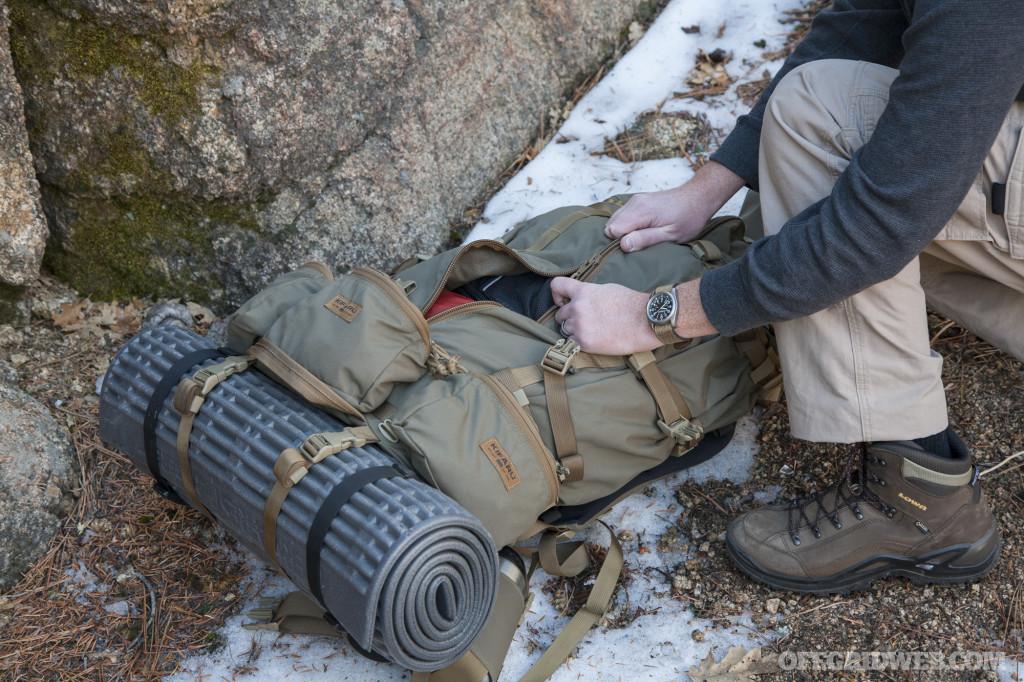
Choosing a high-quality backpack will allow you to carry more essential gear, and to feel less exhausted at the end of the day. Whether you’re going on a multi-day backpacking trip, carrying meat back home from a successful hunt, or preparing a bug-out bag for an emergency situation, your pack is one of the most important pieces of gear you own.
Kifaru’s Story
Kifaru International was founded in Colorado in 1997 by Patrick Smith, an avid backpacker, hunter, and outdoorsman. Smith had previously founded another well-known Colorado-based outdoor gear company, Mountainsmith, in 1979. But as is often the case in this competitive industry, Mountainsmith eventually moved production offshore to save money. This left behind a large pool of skilled production staff in the United States, and Smith took the opportunity to hire them and form a new venture: Kifaru.
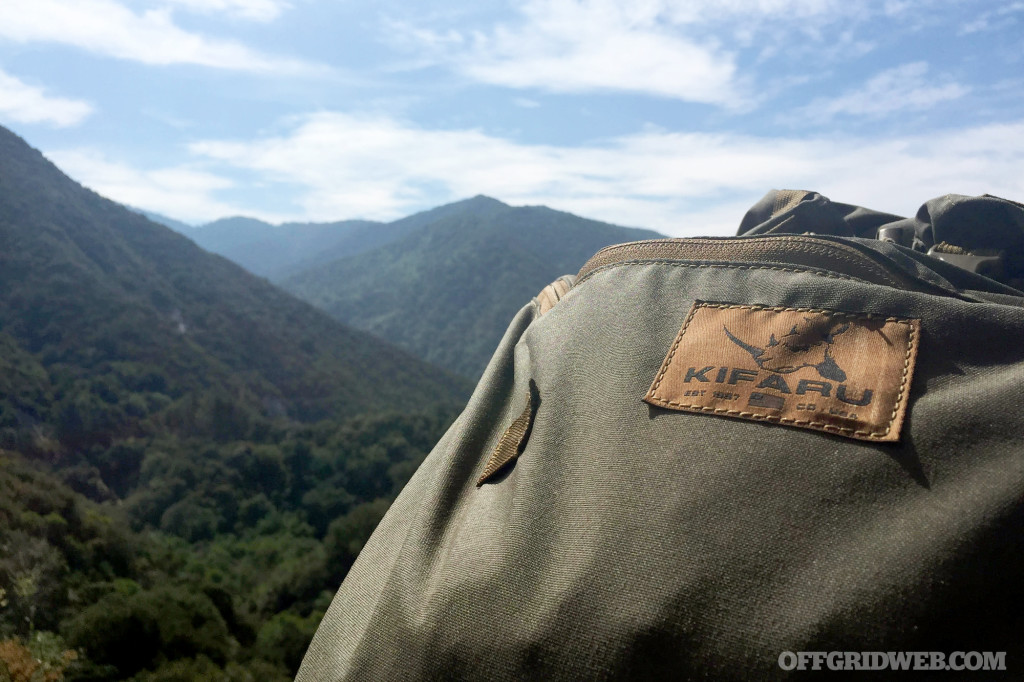
Over the last twenty years, Kifaru has remained a small company with a strong emphasis on quality over quantity. Rather than outsourcing its designs to a foreign manufacturer in pursuit of lower prices, all Kifaru gear is proudly made in the United States. On its About Us page, the company states, “Every dollar you spend with Kifaru is kept right here in the United States. Instead of fueling foreign economies, we put funds right back into American pockets. The taxes reaped from our sales and salaries support our infrastructure and our communities – not those in Asia or Latin America.” That’s a bold and clear statement that we can certainly respect.
You may not have heard of Kifaru yet — that’s because most of the company’s marketing is by word of mouth. In fact, that’s exactly how we heard about the brand. Survival instructor and RECOIL OFFGRID contributor Kevin Estela gave us a recommendation, and after checking out Kifaru’s web site, we knew we had to try one of the packs.
Specs: Kifaru Reckoning Pack
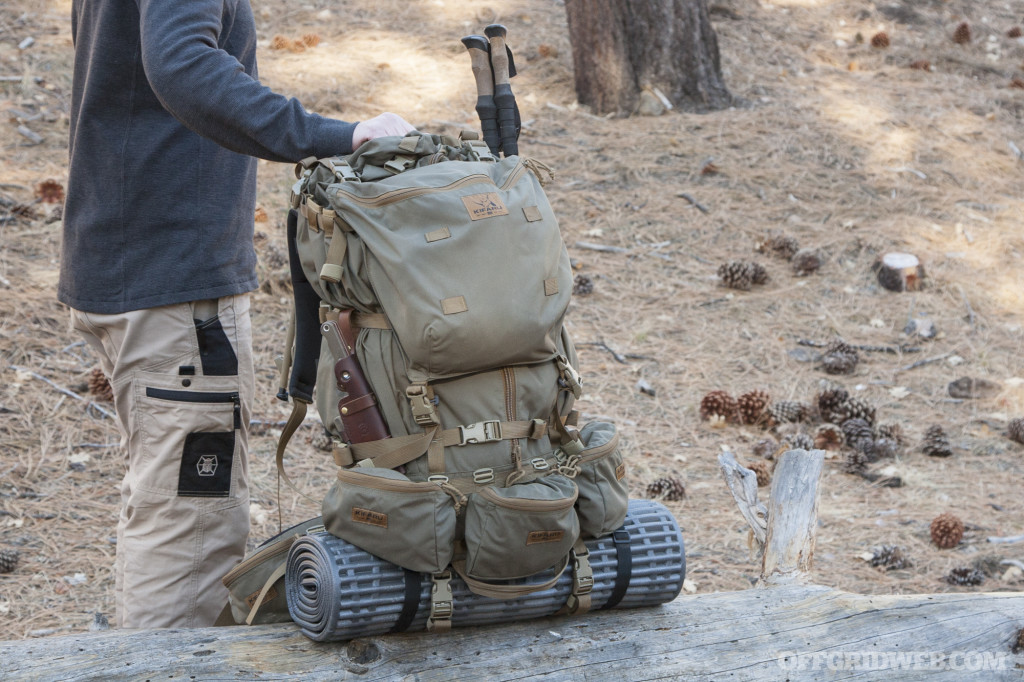
In search of a pack that could easily handle week-long backpacking trips and carry all our bug-out gear in an emergency, we came across the Reckoning. This pack features a cavernous 82-liter main compartment with a roll top that can expand vertically up to 106 liters. The sides of the pack also feature 8-liter bellowed pockets for tall items. Five colors are available: Ranger Green, Coyote Brown, Wolf Gray, MultiCam, or Kryptek Highlander camo.
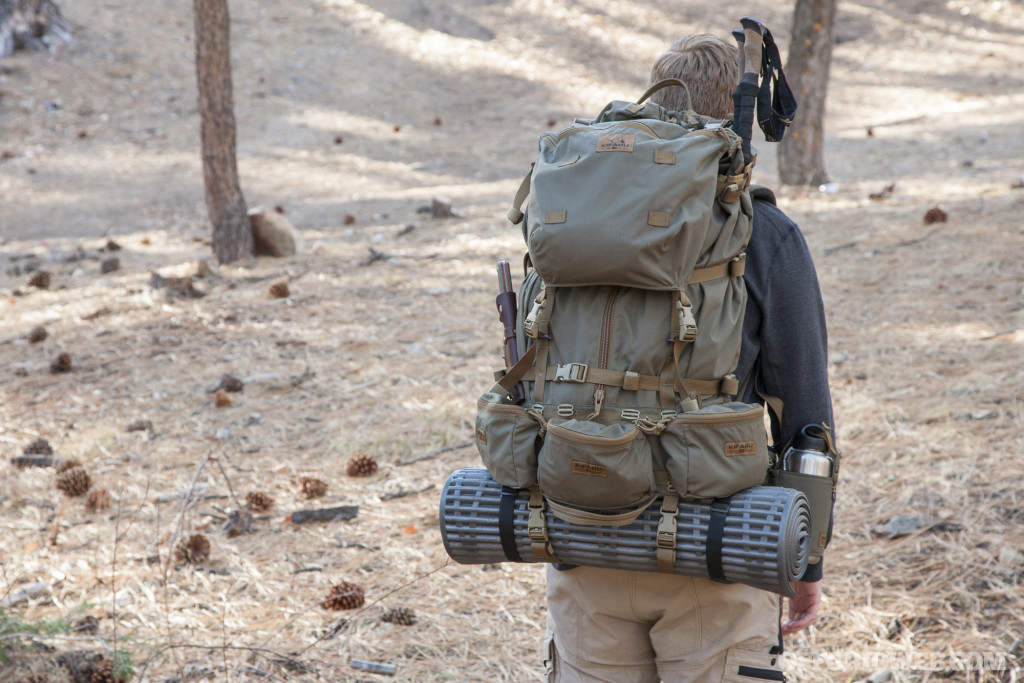
The Reckoning is built from tough 500-denier Cordura nylon with a Durable Water Repellent (DWR) coating. While many other tactical pack manufacturers use denser 1000-denier Cordura, that material can be quite heavy — we’ve found 500D to be a good balance between wear-resistance and weight.
The pack’s contents can be accessed in one of two ways:
- Center-Zip — disconnect the compression straps and unzip the main compartment from the bottom
- Top-Loading — loosen the drawstring at the top of the pack and unzip down to open the main compartment
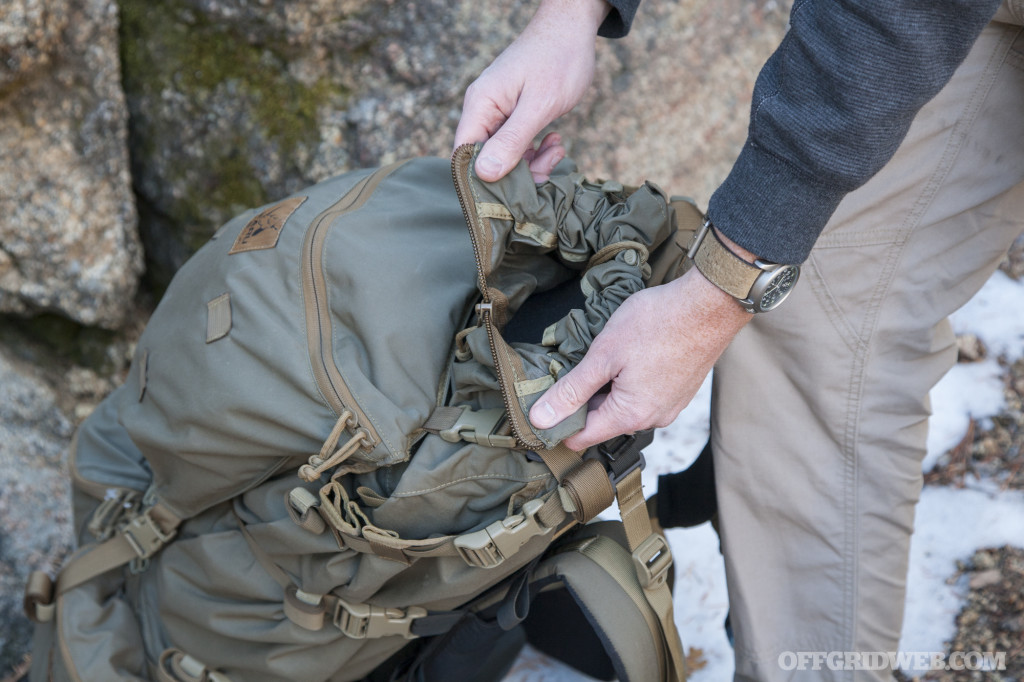
Three horizontal compression straps keep the contents of the main and side pockets securely in place, and two vertical straps cinch down the roll top or optional Guide Lid (more on that feature later). The straps feature strong Autolock buckles to prevent accidental loosening, and hook-and-loop strap keepers to neatly stow excess webbing slack. Sturdy grab handles are also present at the top and bottom of the pack, making it easy to pull out of your closet or truck bed.
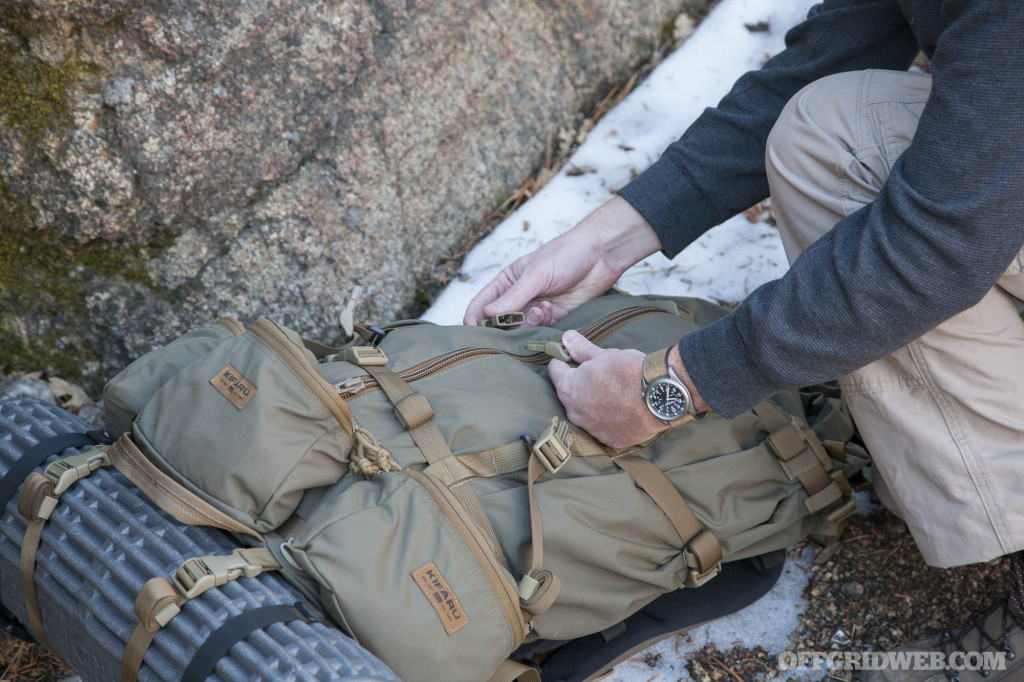
It’s important to note that — like most other Kifaru packs — the Reckoning is sold as a bag only and requires an external frame and suspension system. We’ll discuss that portion of the pack below.
Specs: Hunting Platform Frame
This is the point where Kifaru clearly departs from the “one size fits all” design of most consumer-grade 72-hour packs. The Duplex external frame system is offered in 22, 24, and 26-inch lengths (though only 24 and 26 are compatible with the Reckoning). Hip belt sizes range from 27 to 39 inches, and a flat or normal back profile can be chosen. When ordering a frame from Kifaru, you’ll also need to specify your height, weight, waist size, and inseam.

The combination of all these variables allows Kifaru to precisely tailor the frame’s fit and suspension lifter strap functionality to the individual who’ll be wearing it. If you’re over 6 feet tall, this system dramatically improves comfort and ensures weight is distributed across the hips.
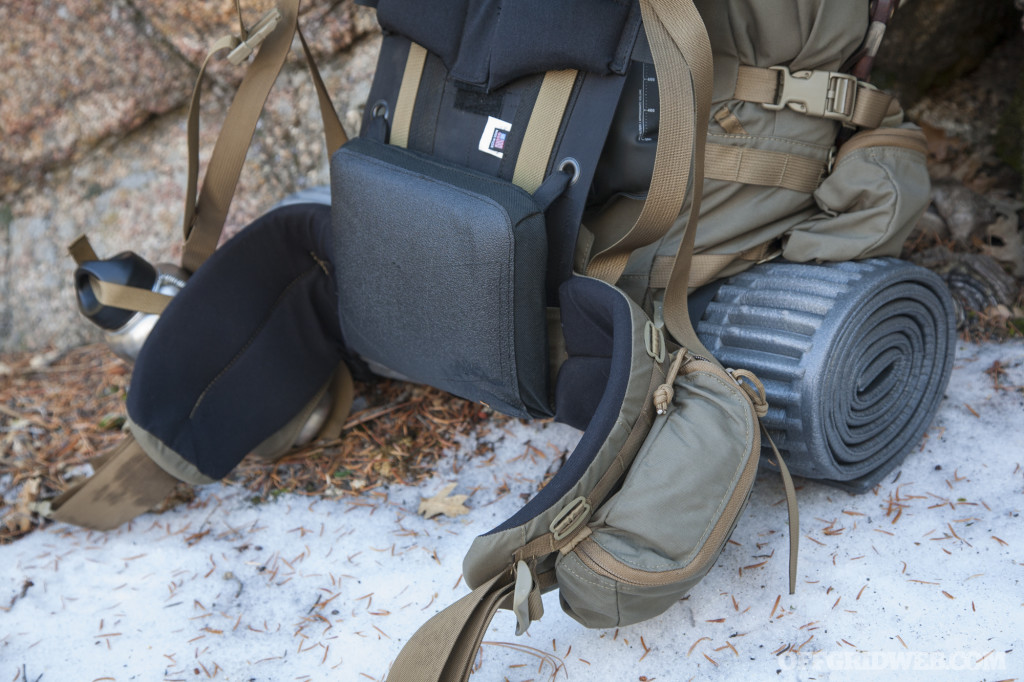
Raised foam pads on the upper back and lower lumbar area provide cushioning and space for airflow around the wearer’s back. The wide contoured waist belt stabilizes the pack’s load and cinches securely to any bag paired with this frame. Unbuckling the straps that secure the backpack to the frame reveals a space for a hydration bladder, and loosening these straps creates a shelf for carrying meat back home after a hunt.
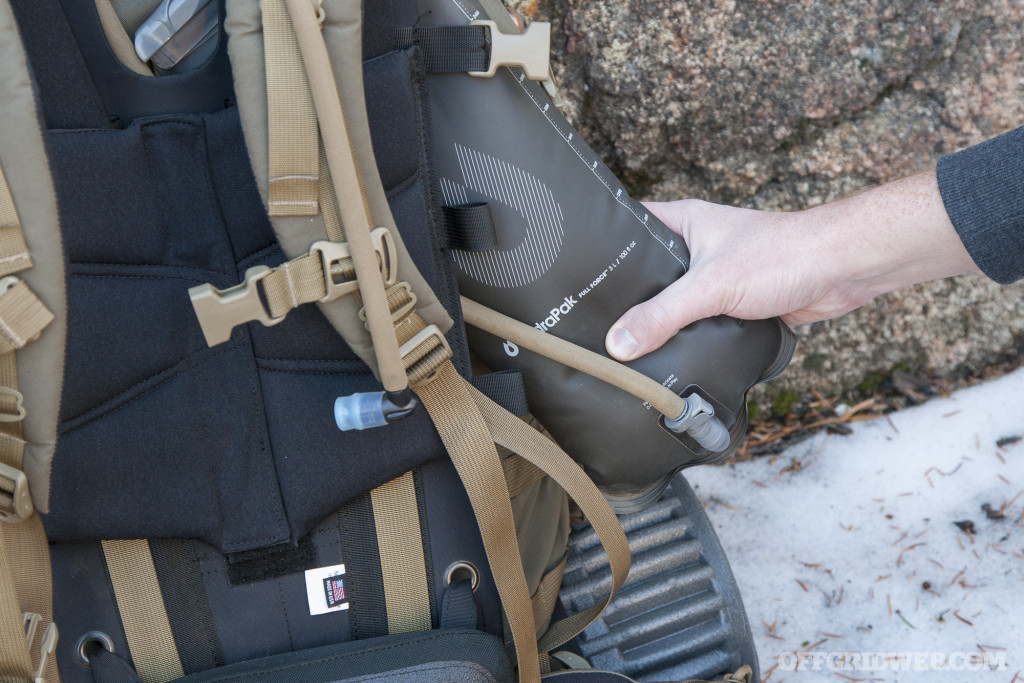
Loadout & Add-Ons
This author is 6’5″ tall, and as a result, often has quite a bit of trouble finding gear that fits. Wearing a small day pack bears a comical resemblance to a full-grown man who borrowed a first-grader’s book bag, since the pack sits so high on the back. So it came as a surprise to find that the Kifaru Reckoning fit flawlessly right out of the box. After a few seconds of positioning the sternum strap and cinching the waist belt, the Reckoning was ready for the trail. With a 26-inch frame, the pack was positioned at just the right height for this author’s torso.
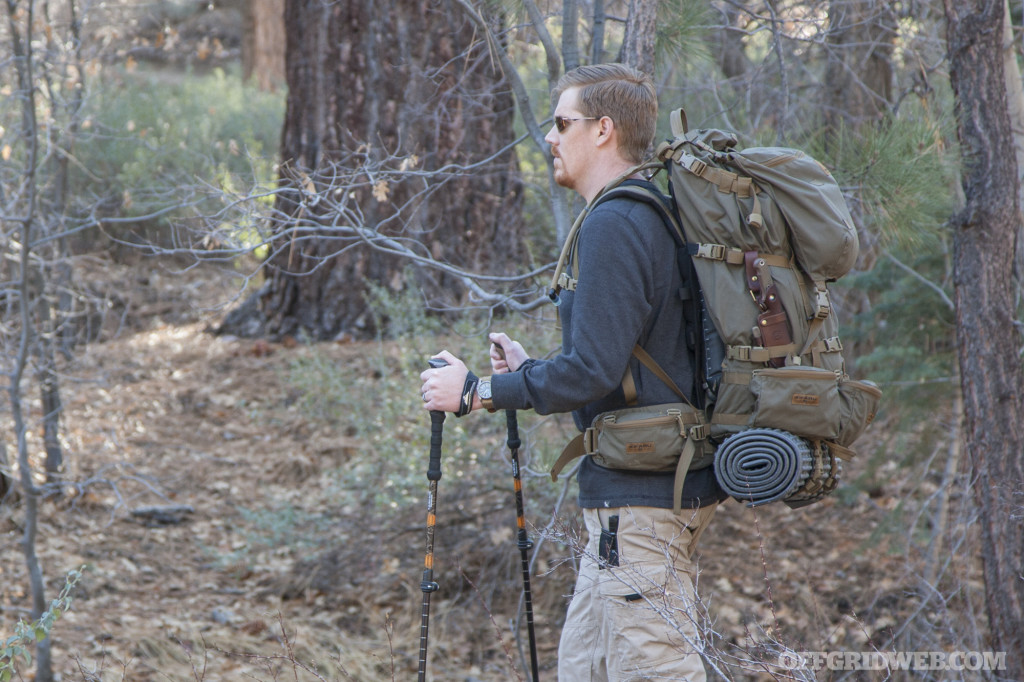
We loaded the main compartment with a sleeping bag, hammock, and insulated air pad from Klymit — stay tuned for a review of these items — as well as a mesh pouch with spare clothes. Three Ultralight Pullout pouches from Kifaru hold freeze-dried food, stove and mess kit, and toiletries/medications.
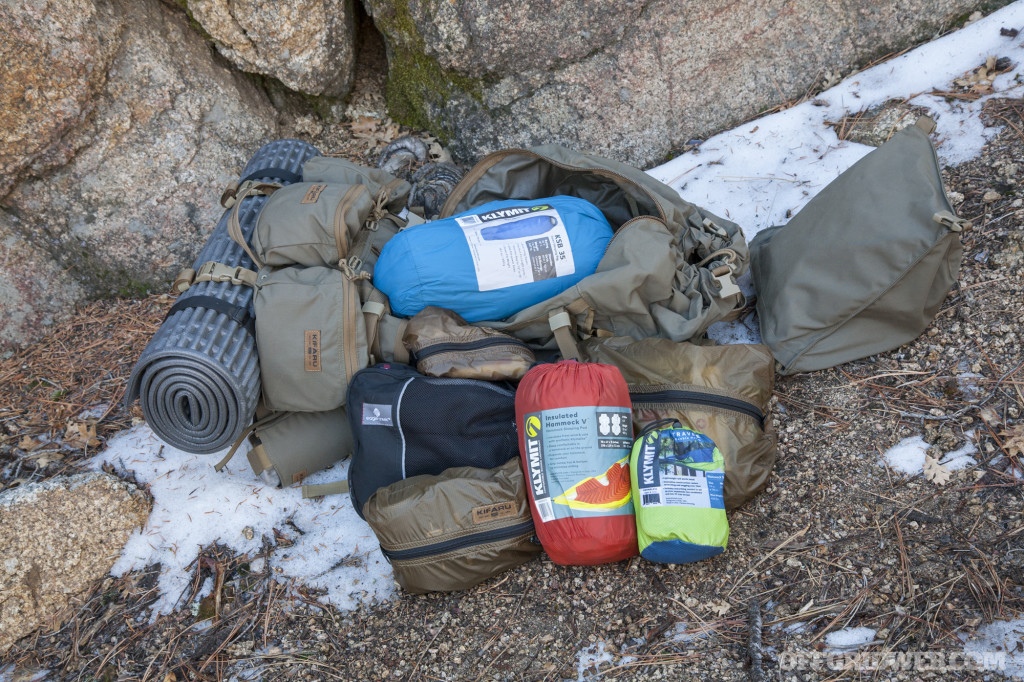
Additional Pockets
After loading up the main compartment, we installed some accessories to add quick-access storage for tools and loose items. Three small belt pouches were mounted on the PALS webbing around the base of the Reckoning pack, and a fourth was attached to webbing on the left side of the waist belt.
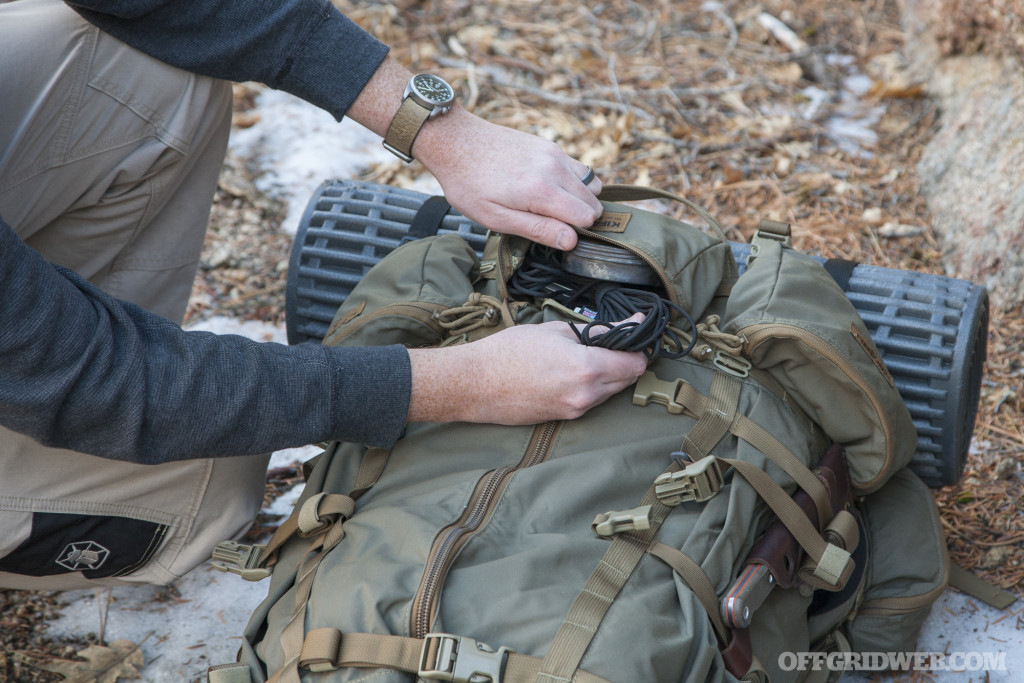
These pouches hold the following gear:
- 75 feet of paracord in pre-cut bundles, small tin with mini Bic lighter and matches, large perforated tin full of char cloth, heavy-duty black trash bag

- Sawyer Mini water filter, back-flushing syringe, water pouch, and chlorine tablets
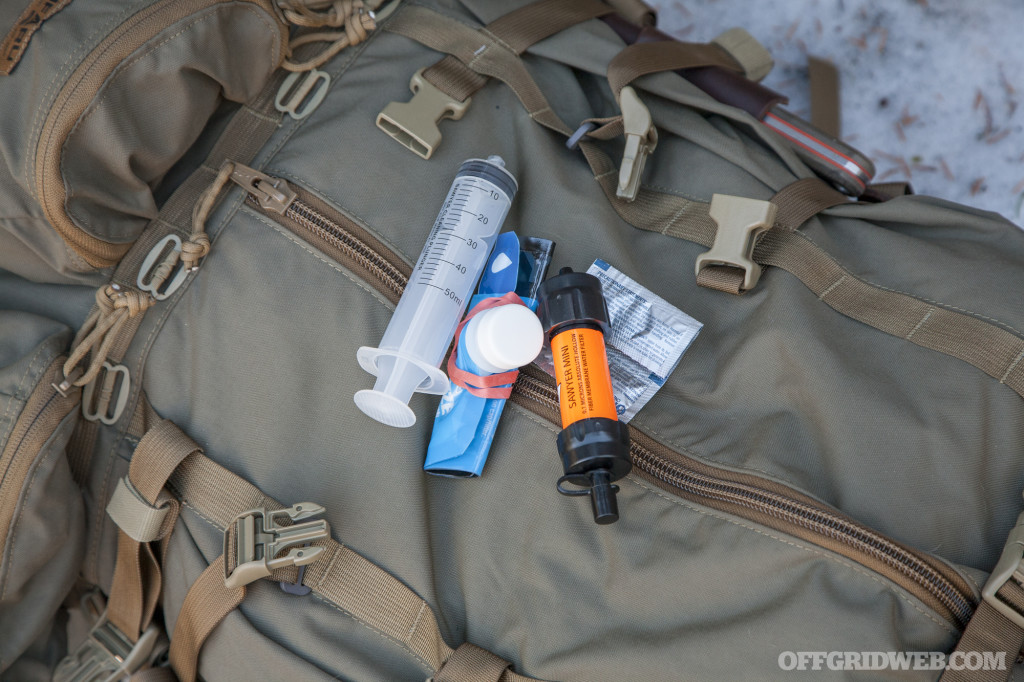
- Handkerchief, sunblock, hand sanitizer, insect repellent, 5000mAh USB power bank, micro-USB and iPhone cables (an ultralight solar panel is also stowed in the main compartment for long-term off-grid smartphone and headlamp recharging)
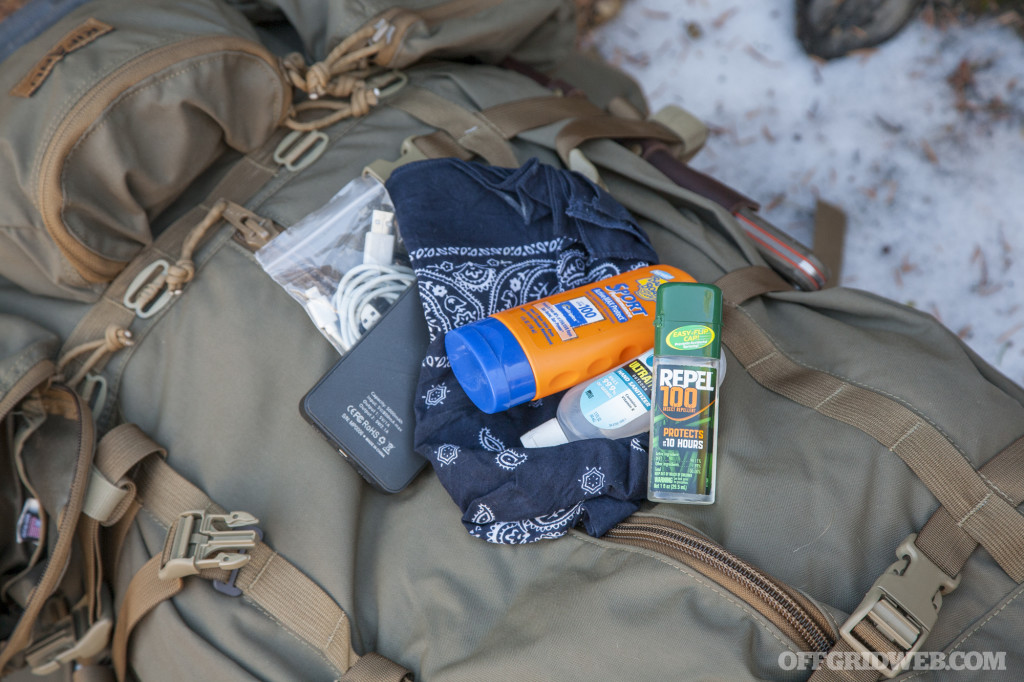
- Headlamp and gloves (in pocket on waist belt)
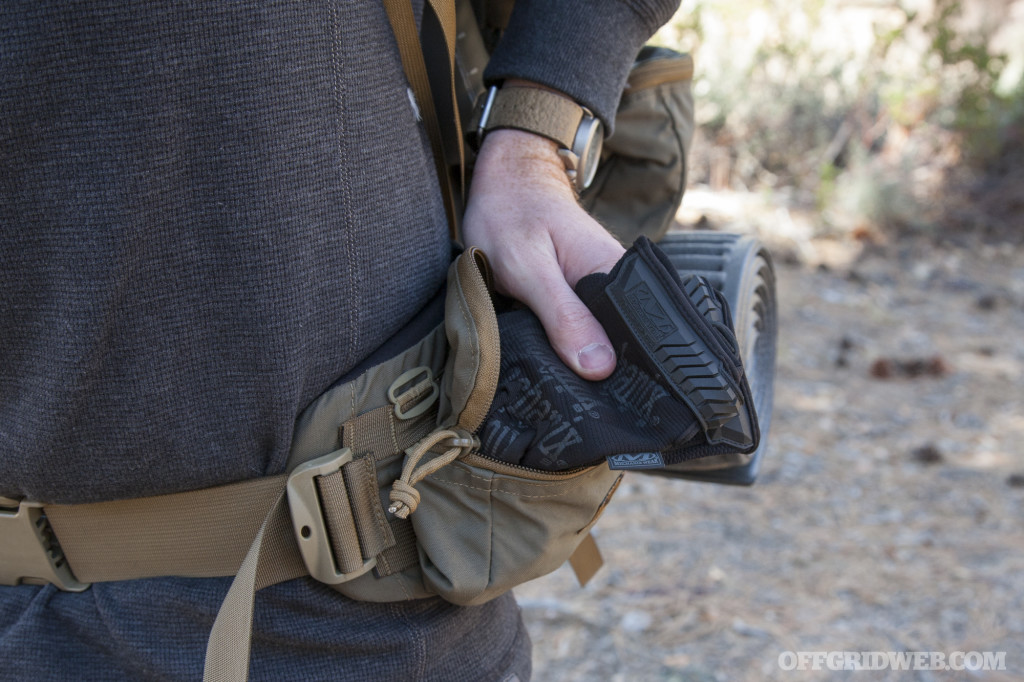
On the right side of the waist belt, a water bottle pocket was added to hold a 40oz Klean Kanteen bottle. All these accessories attach via Kifaru’s unique Lock & Load system — four oval-shaped metal buckles are pushed through the PALS webbing, then rotated to lock the pouch into the webbing.
The Guide Lid
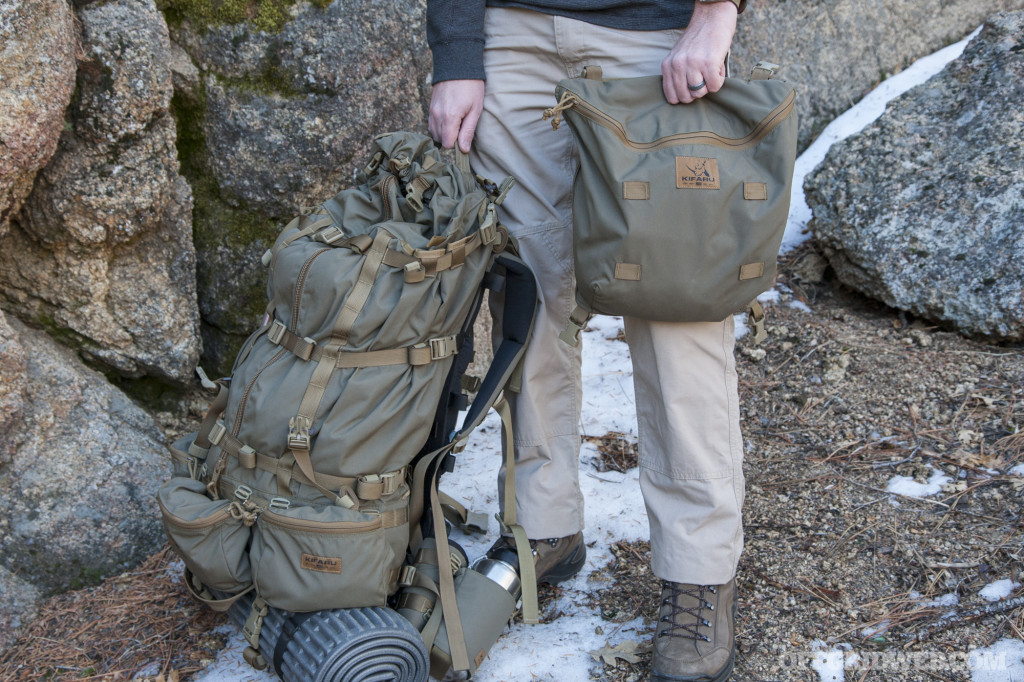
The final addition to our pack was a Kifaru Guide Lid. This 20L pouch attaches to two buckles at the top of the backpack, and two more clipped to webbing on the midsection. Its large zippered compartment serves as additional storage space when it’s attached to the Reckoning — but it’s also useful on its own.
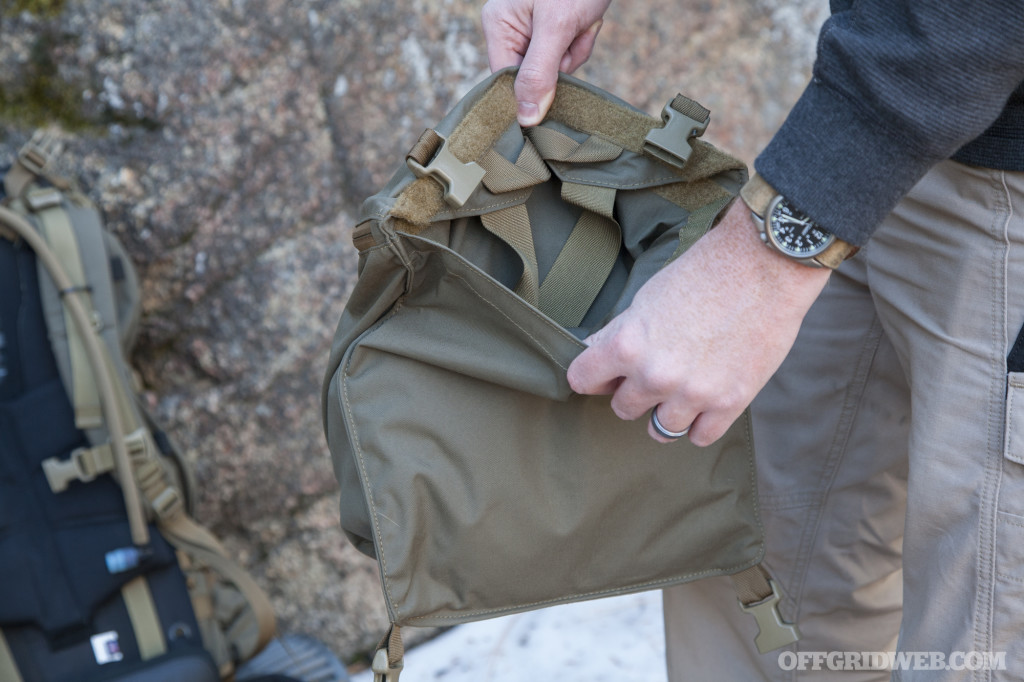
Unbuckling the Guide Lid from the backpack and examining it closely reveals a hidden hook-and-loop pocket on the back of the lid. Inside this pocket are a carry handle and two shoulder straps that attach to the buckles on the bottom of the Guide Lid, converting it into a simple day pack.
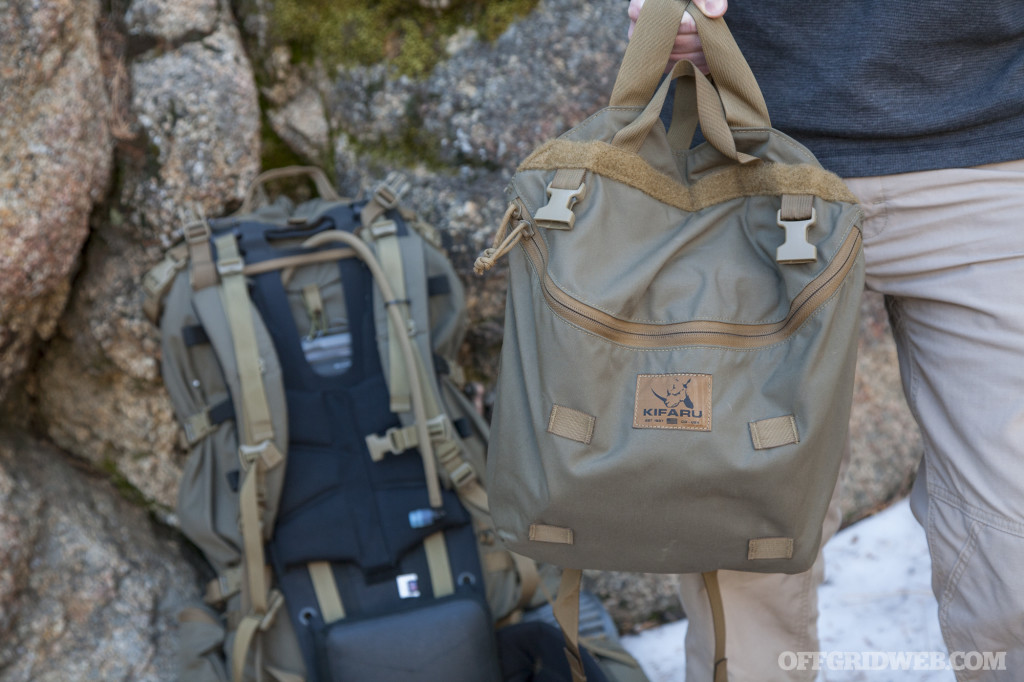
This is extremely helpful, since it means you can quickly set down your full-size pack at your campsite, and head out to gather water or firewood with a small pack of essentials. For bug-out situations, it could also serve as a last-resort SHTF pack if you need to ditch your main bag and make a run for it.
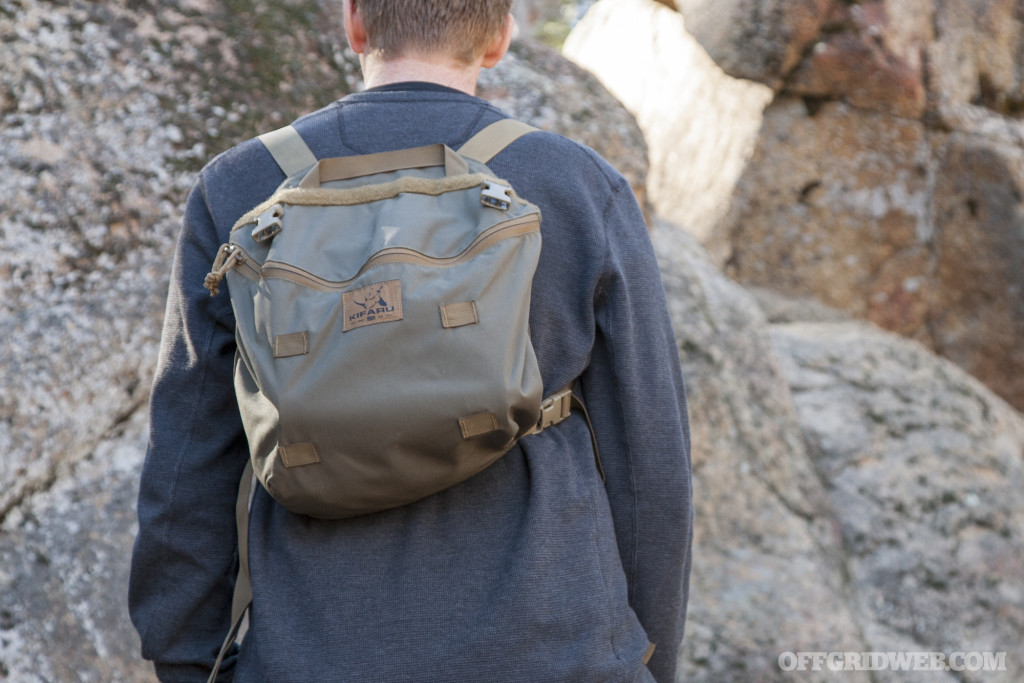
We loaded our guide lid with the following gear:
- Snugpak Stasha tarp with paracord ridgeline, guy lines, and ultralight stakes
- Rain jacket and wool cap
- GRAYL Ultralight water purifier bottle
- Kifaru Chamber Pocket with small items: compass, signaling whistle, Bic lighter wrapped in duct tape, Leatherman multitool, small first aid kit, mylar emergency blanket
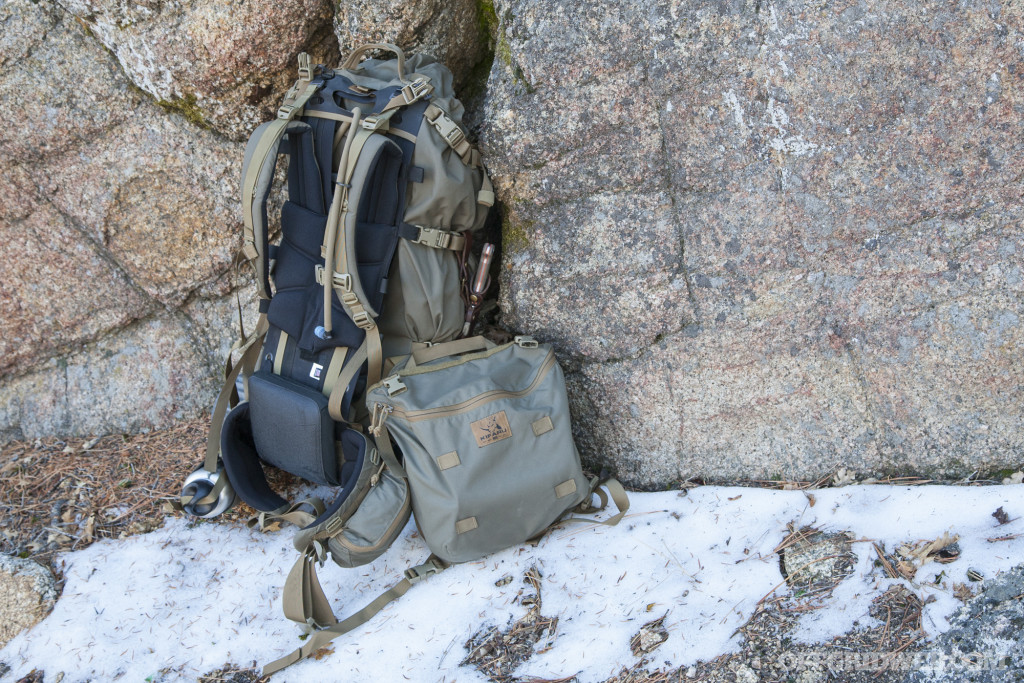
Exterior Storage
For quick access, we stored our White River FC5 fixed-blade knife on the left side of the pack, with its leather sheath retained by the compression straps. If we head out for a walk without the backpack, it’s easy to remove and carry in drop-leg configuration. It also has a ferro rod and divot for making a bow drill, in case other fire-starting methods are inaccessible.
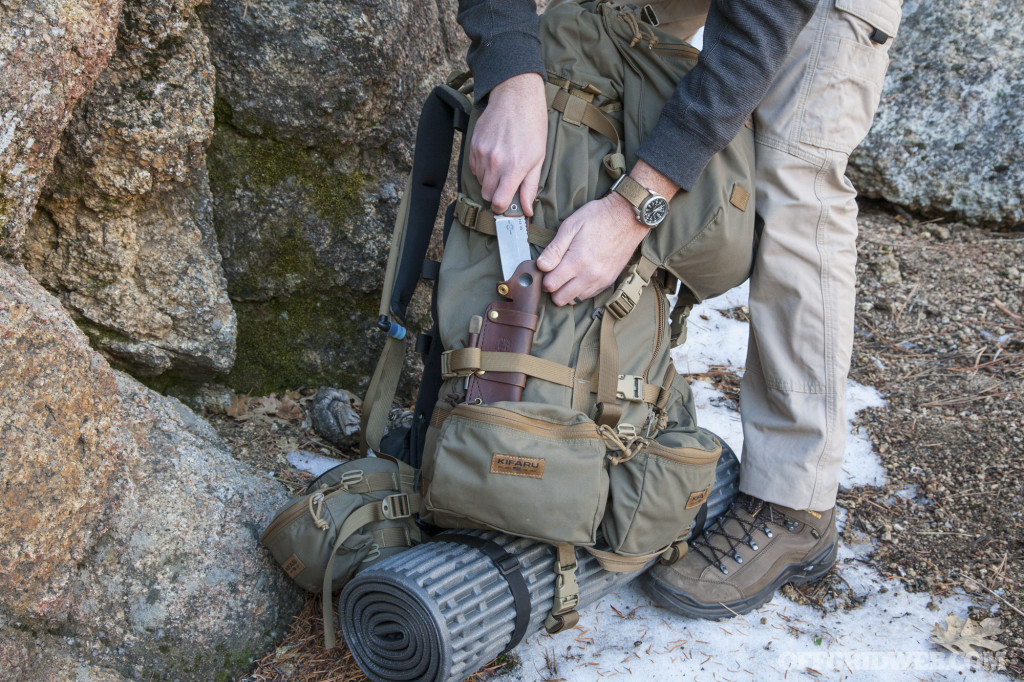
Remember the bellowed side pockets we mentioned earlier? We found those were a good spot for a set of trekking poles. Both parts of a 10/22 Takedown rifle will also fit into one of these side pouches, or you can use them for a bow and quiver, an ax, a rolled-up tarp, or any other long and narrow item.
Full-size rifles can be carried vertically on the outside of this pack. This is accomplished by emptying the centermost add-on pouch, placing the rifle’s stock inside, and retaining the body of the rifle behind the compression straps.
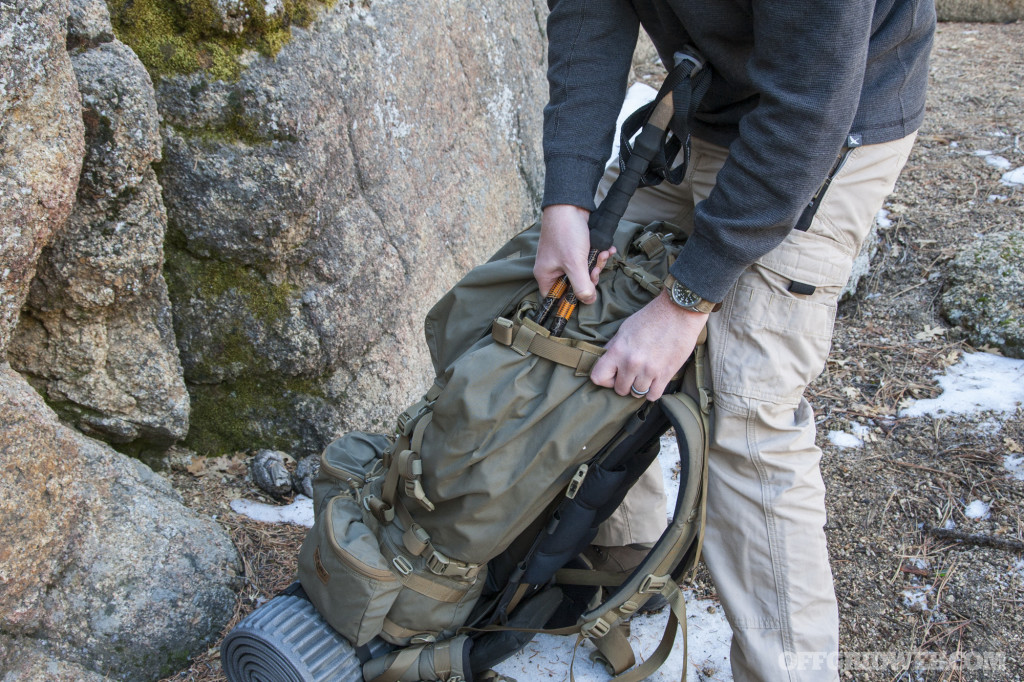
We loaded a Hydrapak 3-liter hydration pouch into the space between the frame and pack. With the rigid frame and firm lumbar pad, the hydration system can’t be felt against the wearer’s back — there’s no awkward bulge like you’d get after adding it to some frameless packs.
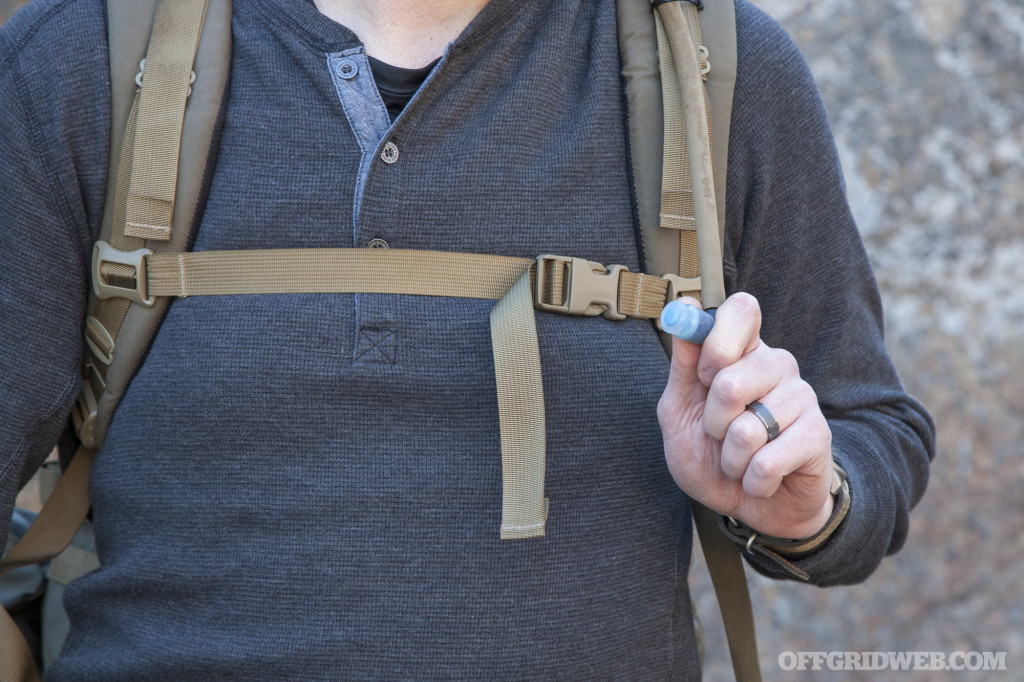
Lastly, we rolled up a Thermarest foam pad and attached it to the straps at the base of the Reckoning pack. Although it’s not needed if we’re using the hammock and air pad setup, it’s a good lightweight insulation layer in case trees are sparse and we end up sleeping on the ground under a tarp.
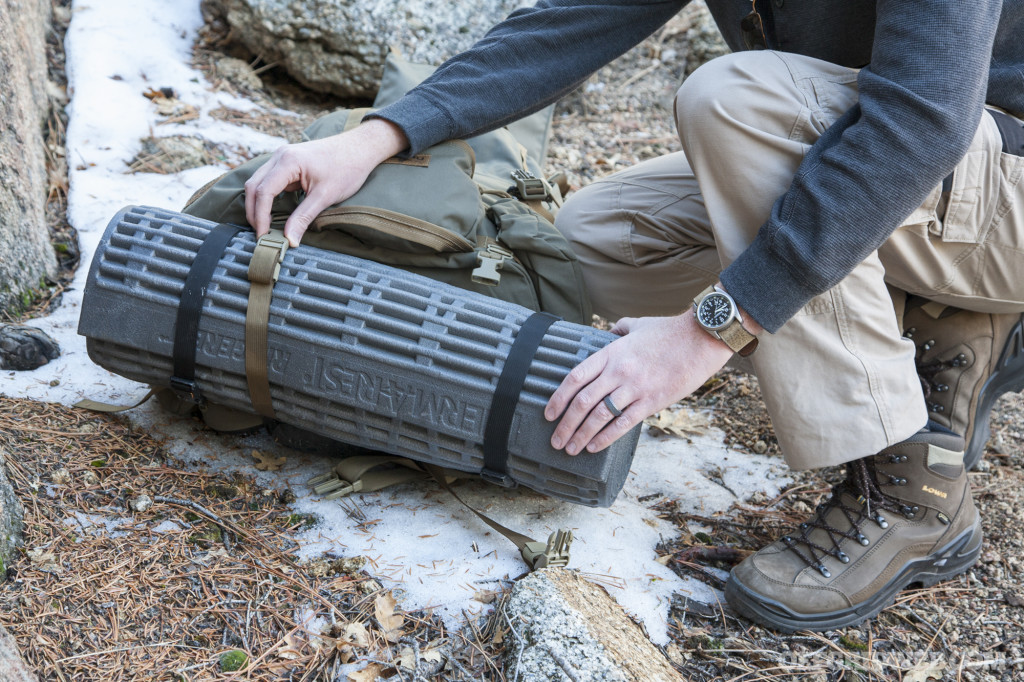
Carry Impressions
With the Reckoning pack, Hunting Platform frame, Guide Lid, and accessory pouches, this setup weighs about 8 pounds before filling it with any gear. That’s certainly not ultralight, but that’s also not this pack’s emphasis. Fully-loaded with all the gear in these photos, plus three days of food and one gallon of clean water, the pack weighed 40 pounds. While heavy, that’s still under the common 20%-of-total-body-weight recommendation for this author. To add a rifle and ammo to this loadout, we’d probably ditch a few of the redundant items inside the pack and guide lid to reduce weight sufficiently.

Although 40 pounds is a substantial amount of weight to carry, the Kifaru Reckoning made it feel surprisingly easy. The suspension system and hip belt keep the pack stable and distribute its weight across the wearer’s midsection, keeping the strain off the back and shoulders. (Trekking poles help, too.) Additionally, every stitch, strap, buckle, and seam on this pack feels rock-solid. We didn’t see a single loose thread or odd wrinkle anywhere — that’s the sort of workmanship we wish every gear company could achieve.
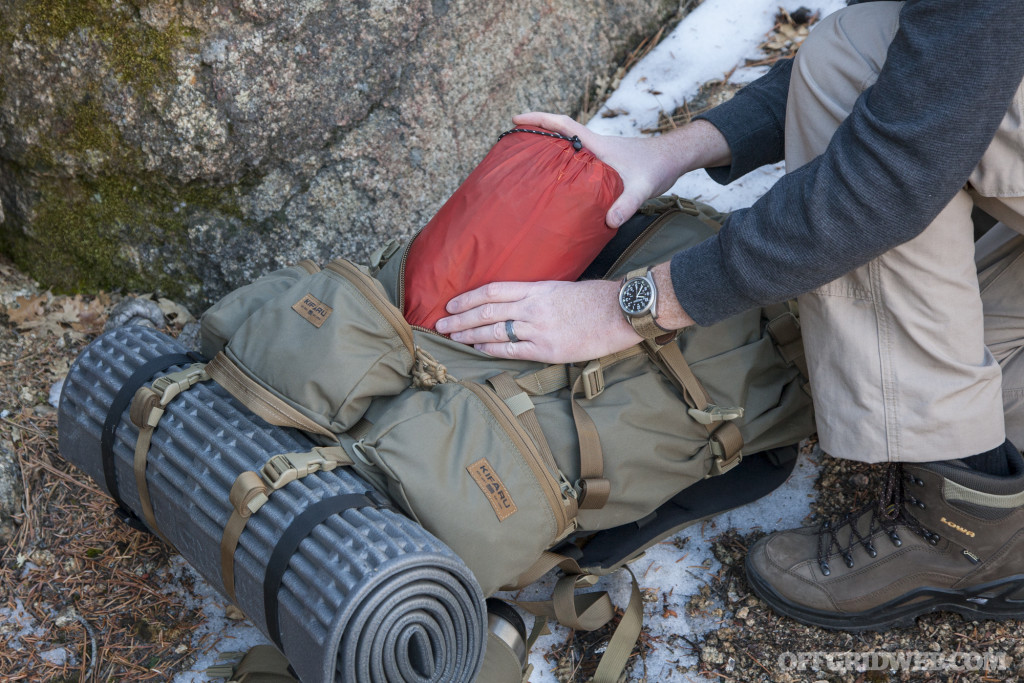
From a design standpoint, the Reckoning backpack is simple and elegant. Its cavernous main compartment handles smaller loadouts easily, and expands to swallow up bulkier gear if necessary. It’s a great choice for hunters due to this expansion capability. As we used the pack more, we continued to find new ways of stashing gear inside and outside it. The only real limitation of this pack’s capacity is your own physical strength and endurance — its size can almost certainly hold more gear than you can comfortably carry.
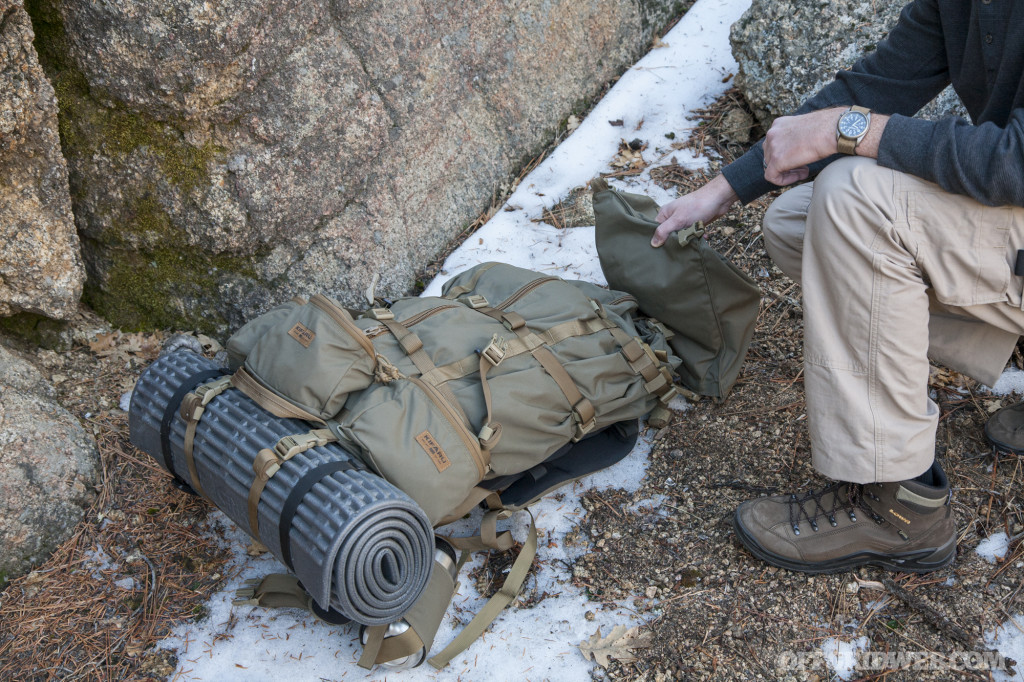
The addition of a few exterior pouches helped to organize small gear and provide quick access to fire-starters, water-purification, and other tools. Without these pouches, we’d be shoving everything into the main compartment, so we consider them a very worthwhile upgrade. We also grew fond of the Guide Lid, since it’s an easy grab-and-go storage option for short hikes away from camp. The lid’s tucked-away shoulder straps lack any form of padding, but they work well enough for light contents.
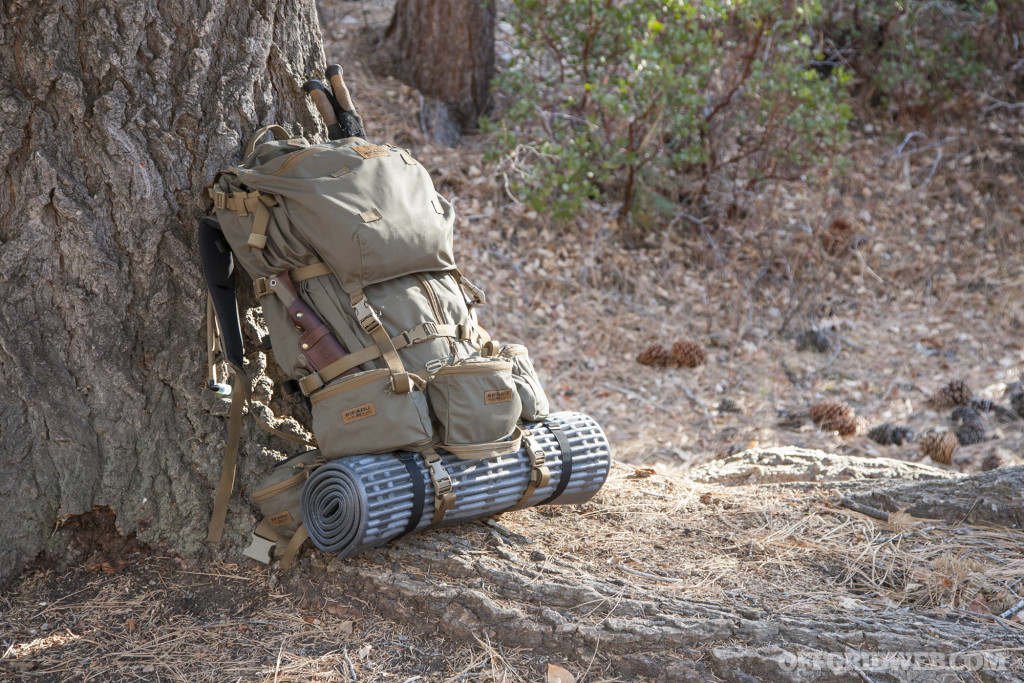
Now for the elephant (or perhaps the rhino) in the room: price. The Kifaru Reckoning is made in America with an immense list of features and some of the finest materials available. That does not come cheap. Here’s a breakdown of the Reckoning as seen in this article:
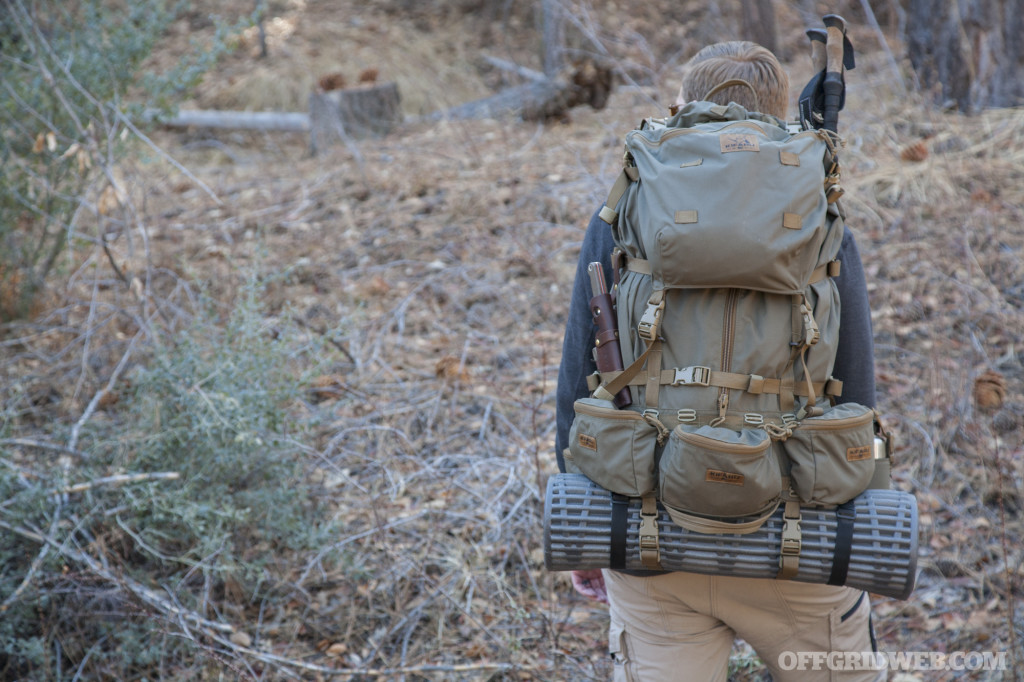
We’ll save you the trouble of whipping out a calculator — that’s a total MSRP of $911. However, remember our statement at the beginning of this article on the actual value of a quality pack. You can’t go backpacking without a backpack, and your bug-out bag would just be a pile of gear if not for the bag. Your backpack is the cornerstone of every outdoor trek, and if it’s not up to the task, you will feel the physical reminders of that fact after a few miles of hiking. An inadequate backpack will also reduce the amount of gear you can comfortably carry, providing you with less survival tools and resources.
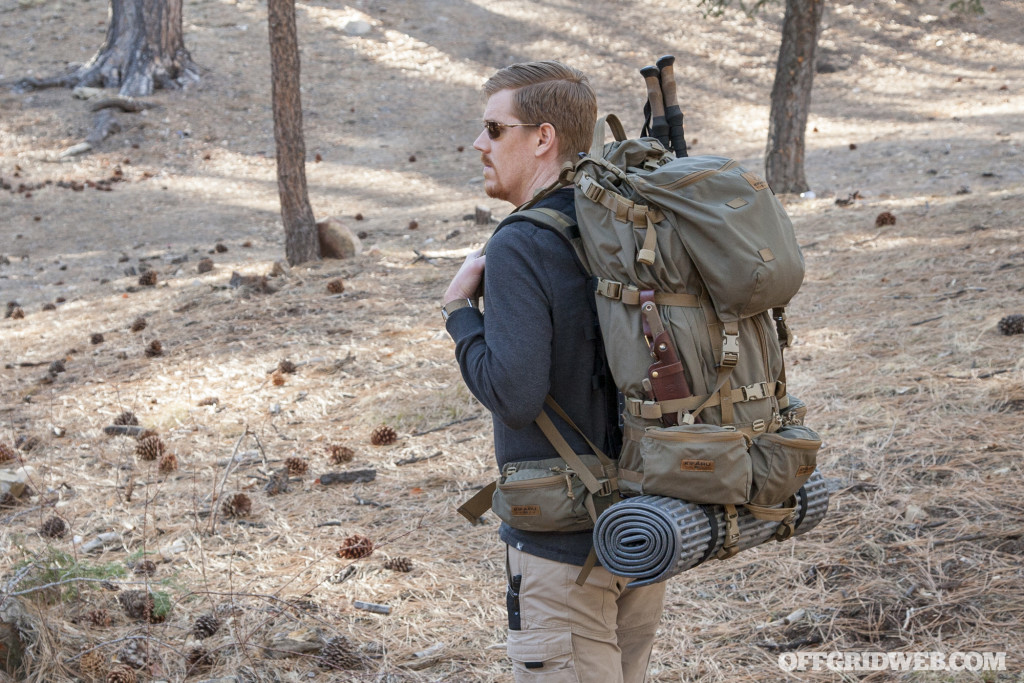
Expense aside, we found the Kifaru Reckoning to be a truly outstanding pack — you’d have a very hard time finding other backpacks that can compete with this level of craftsmanship, durability, adjustability, and modularity. This is a pack we know we could put our trust in for any backpacking trip, hunt, or bug-out situation.
To learn more about the Reckoning and other Kifaru packs, go to Kifaru.net.

